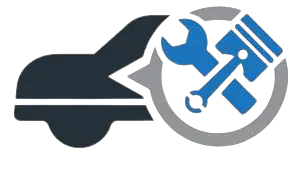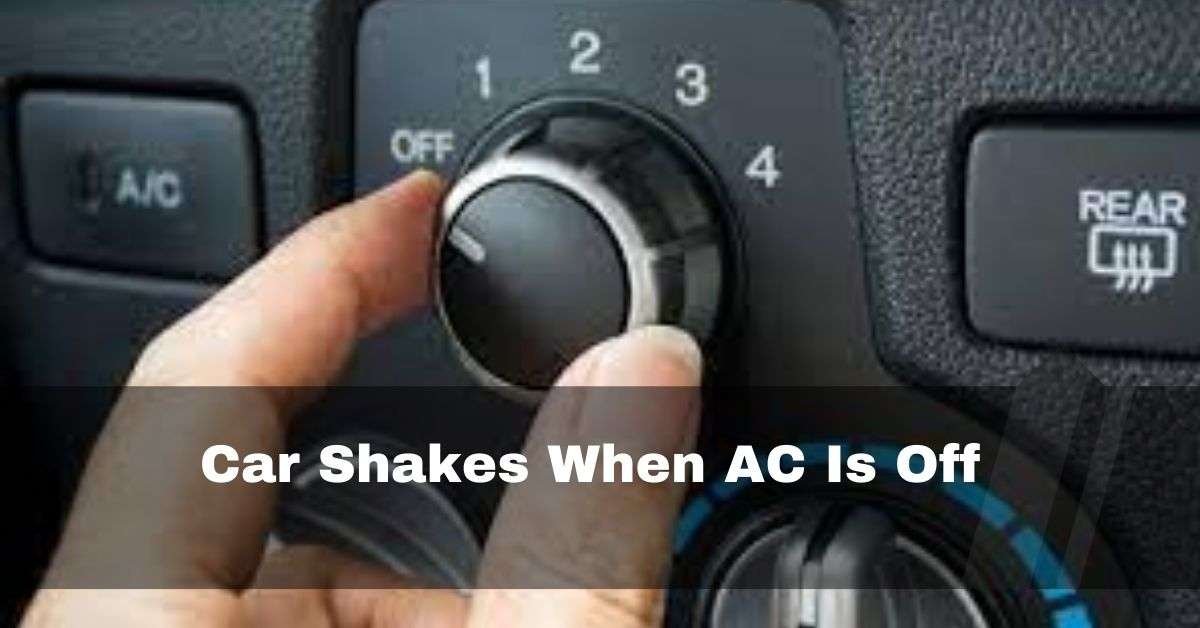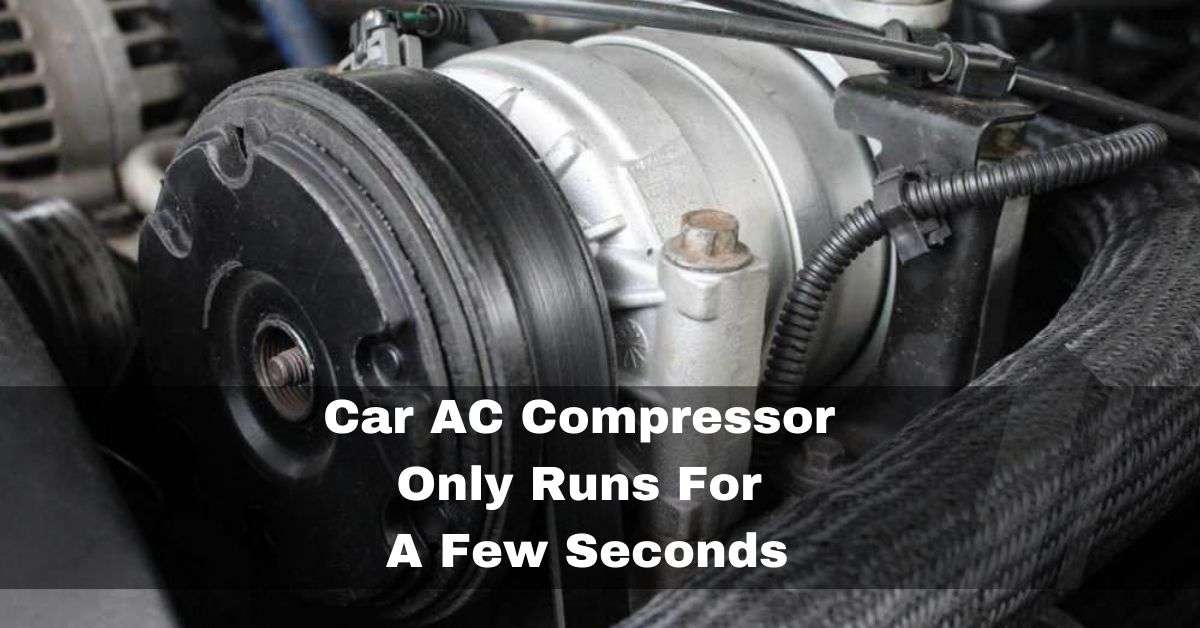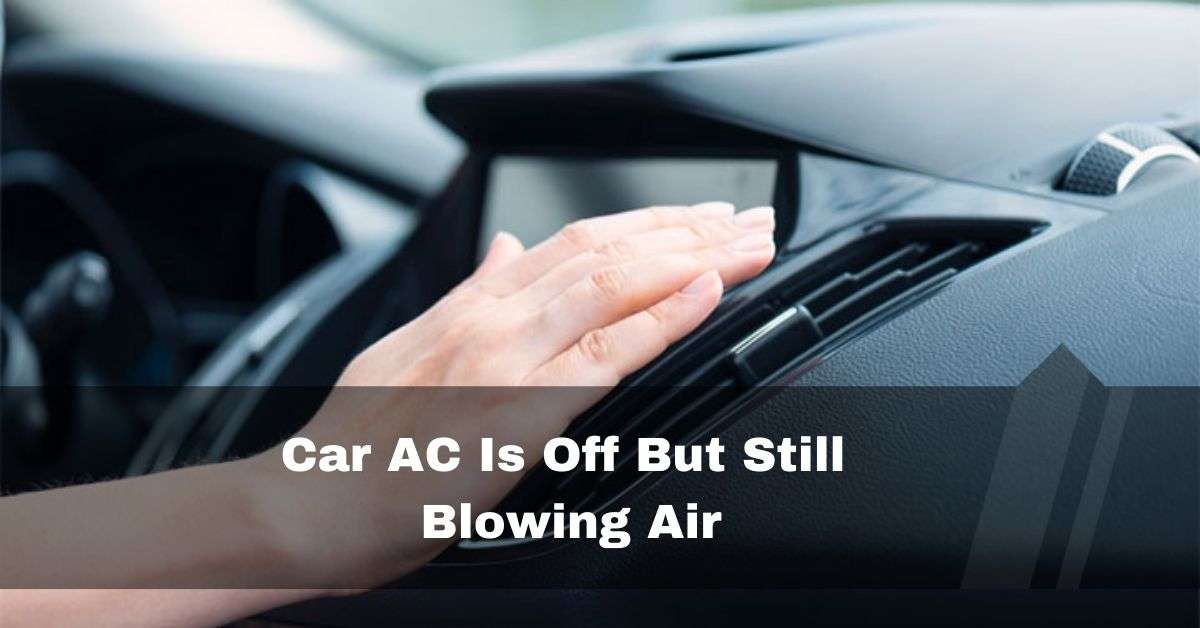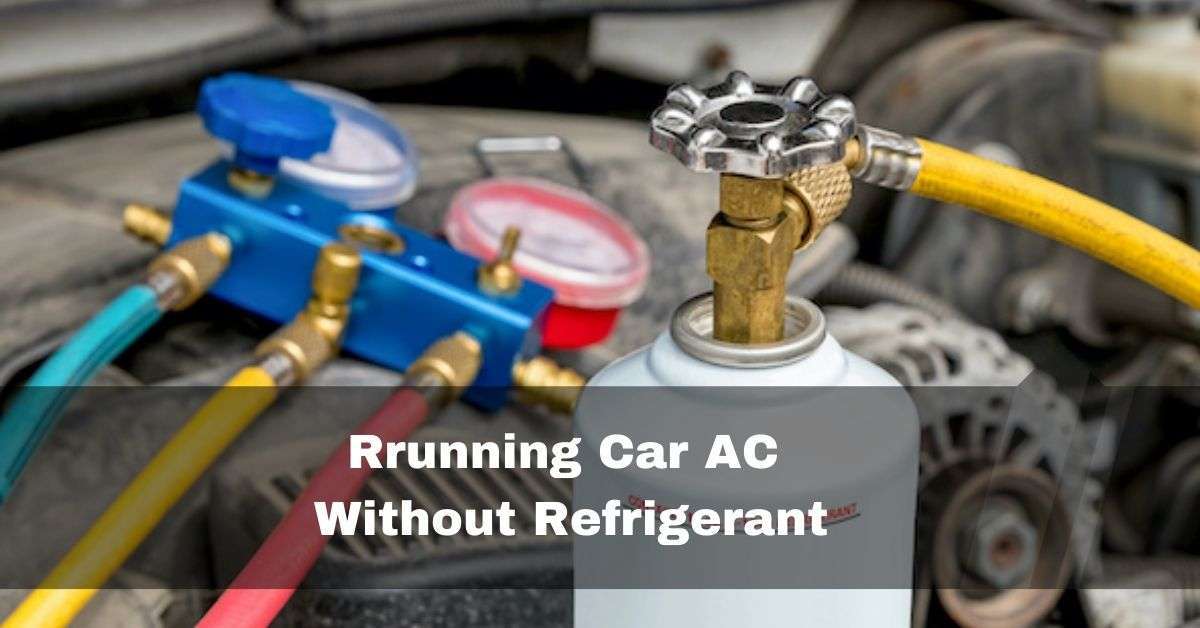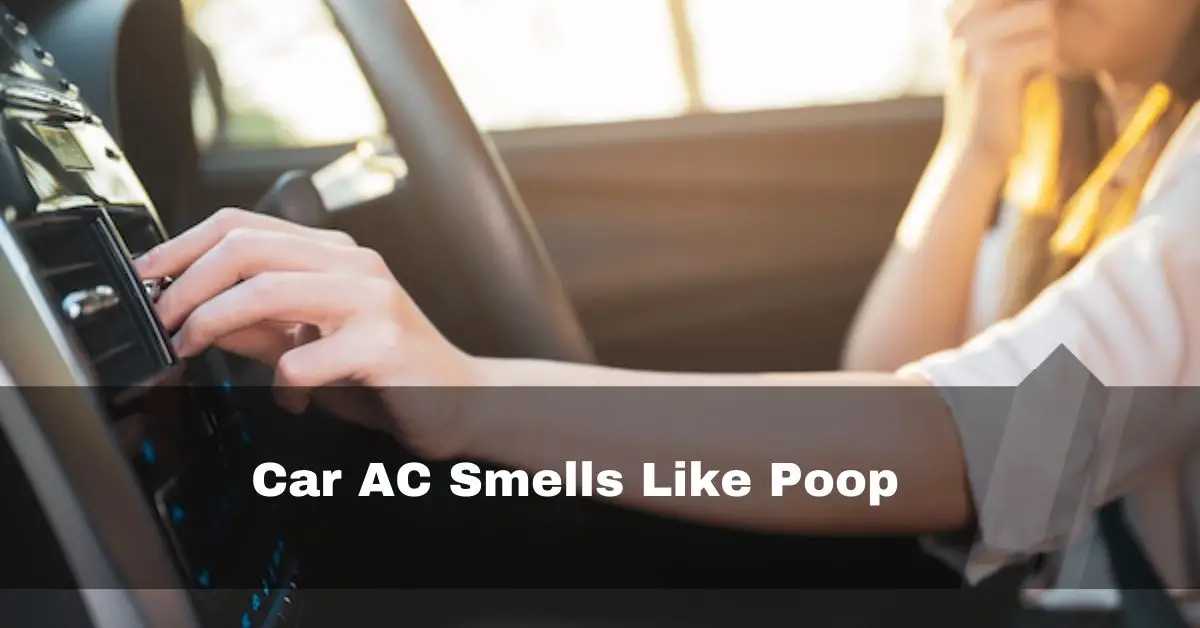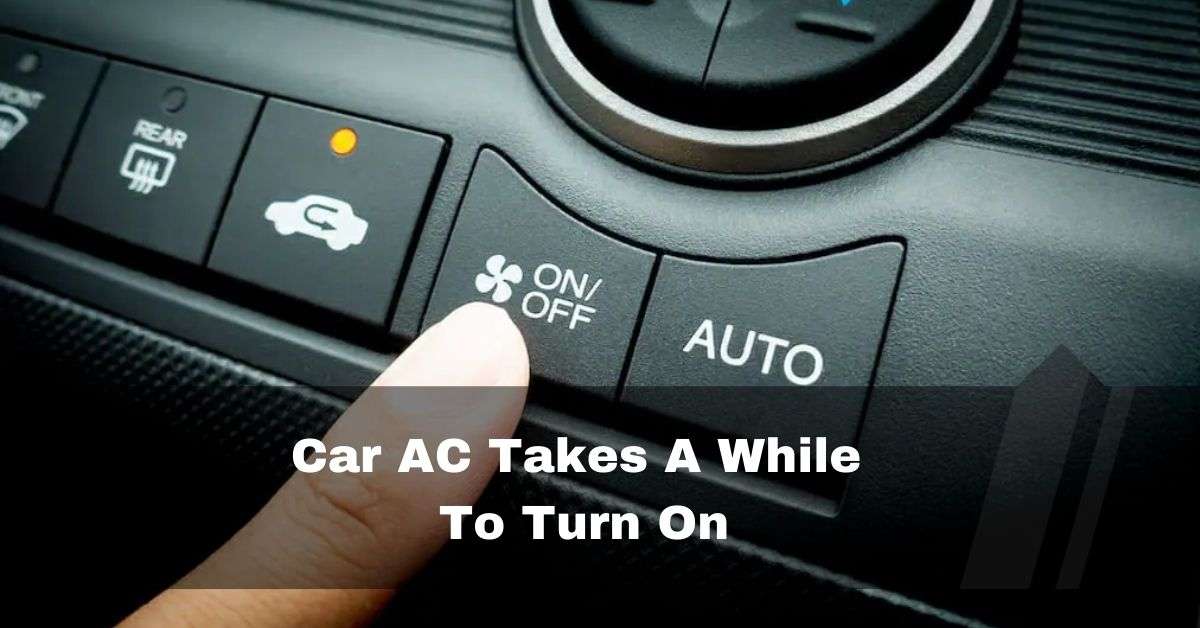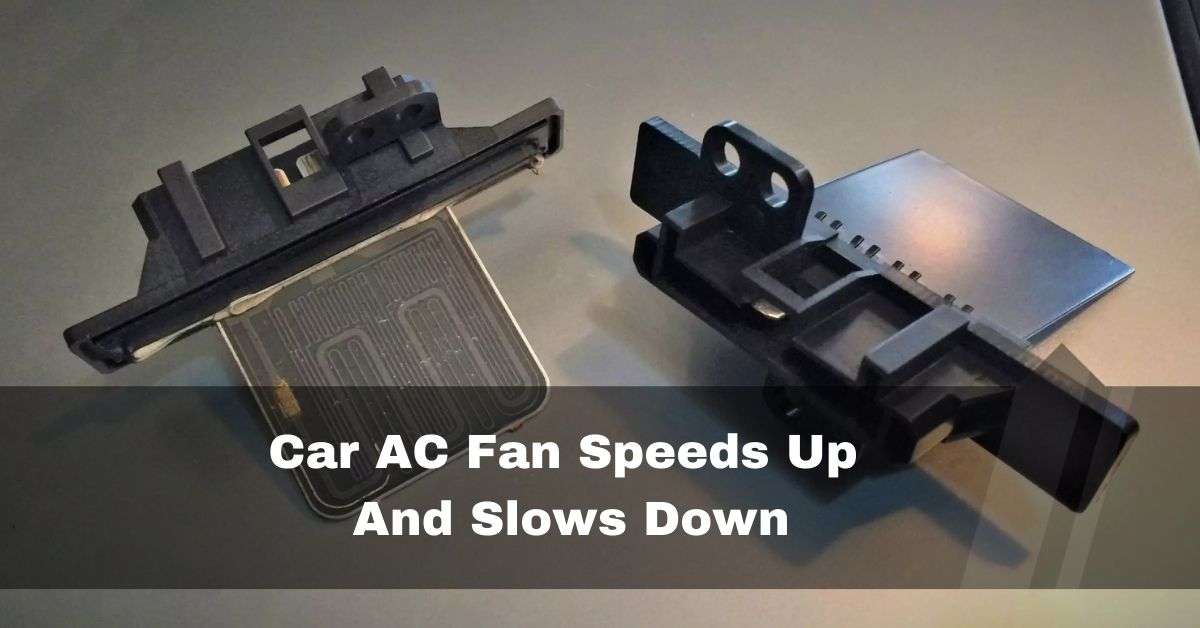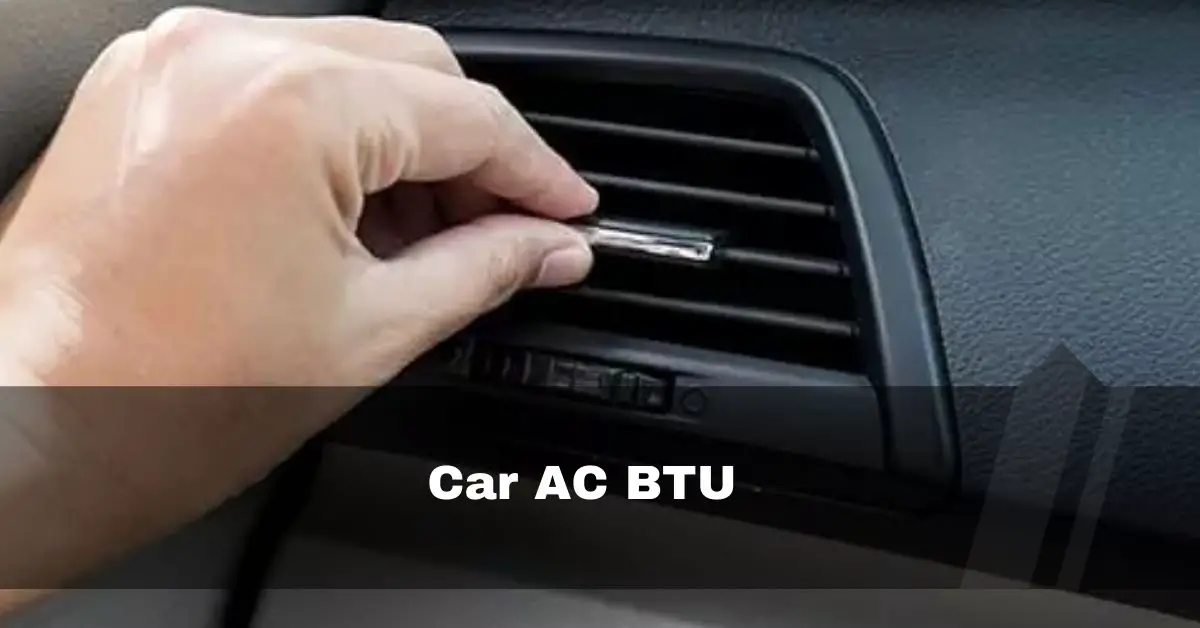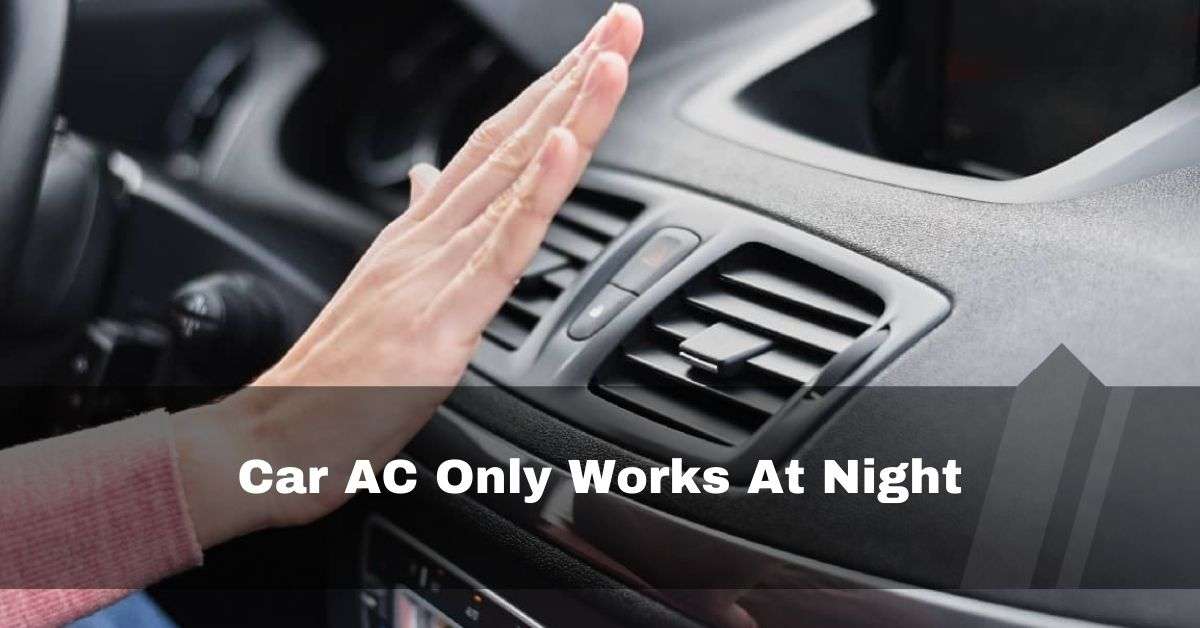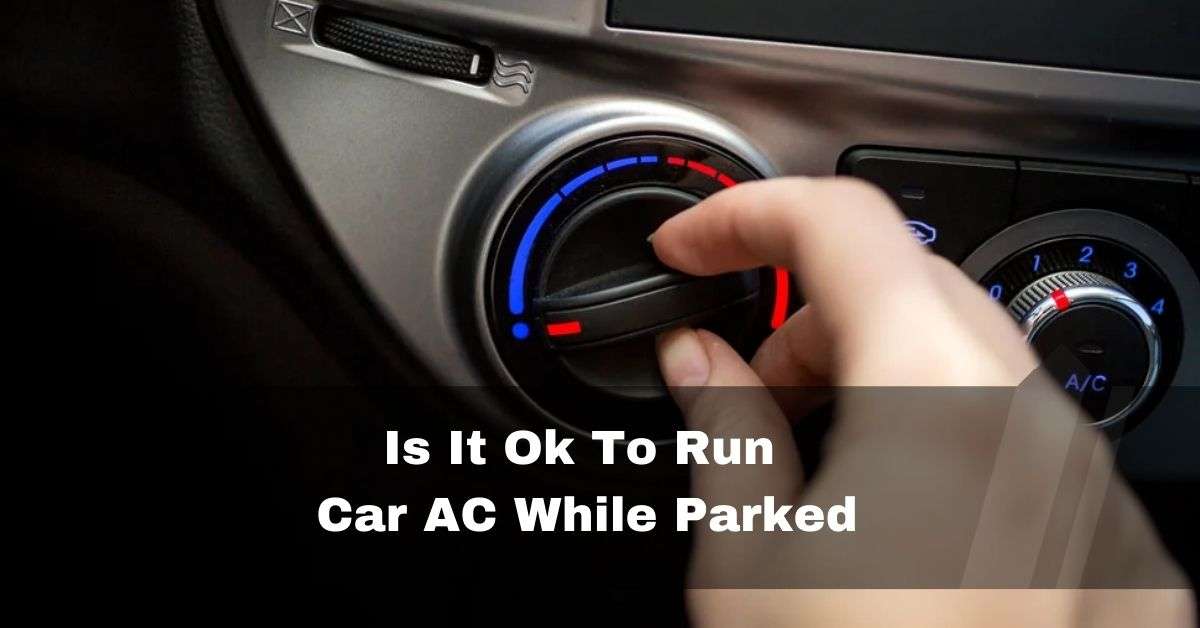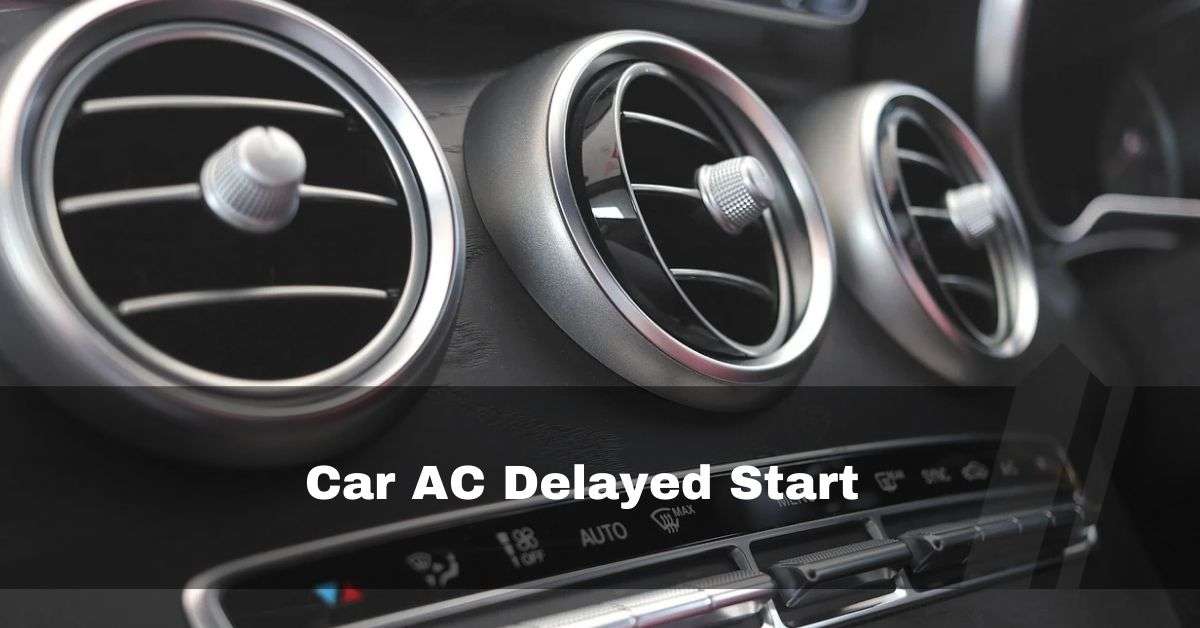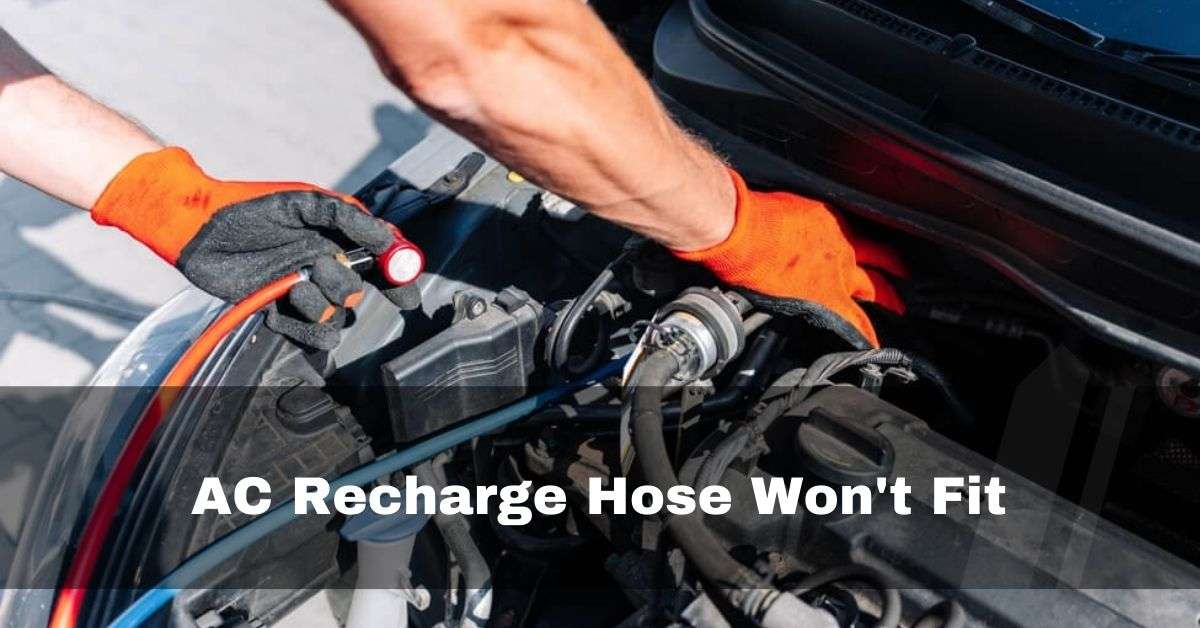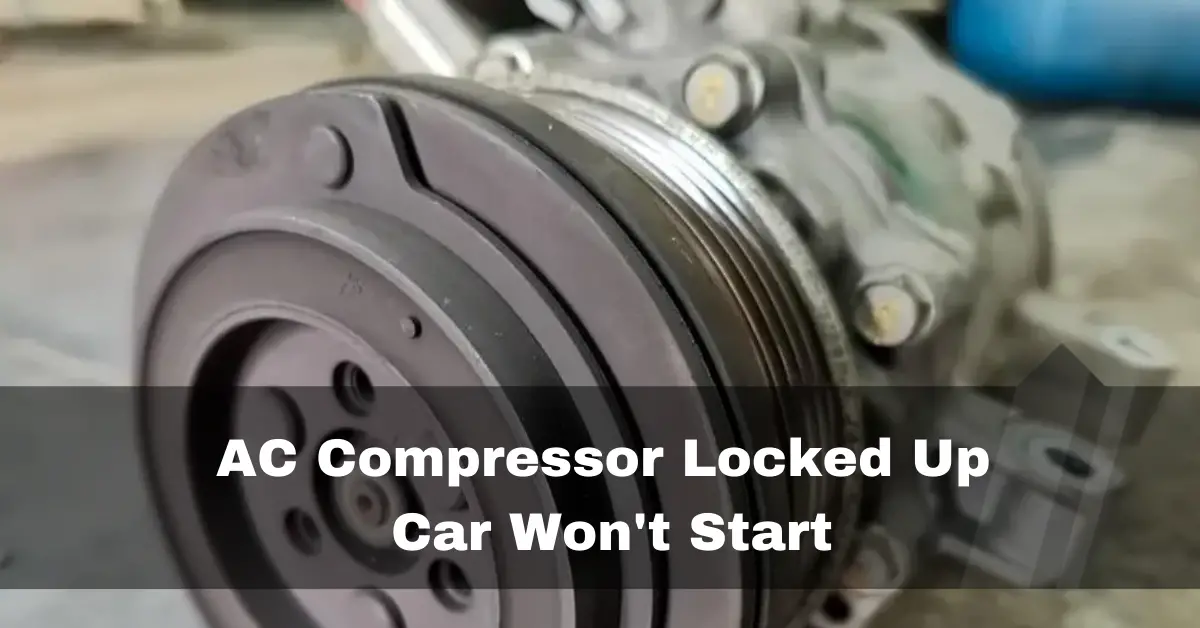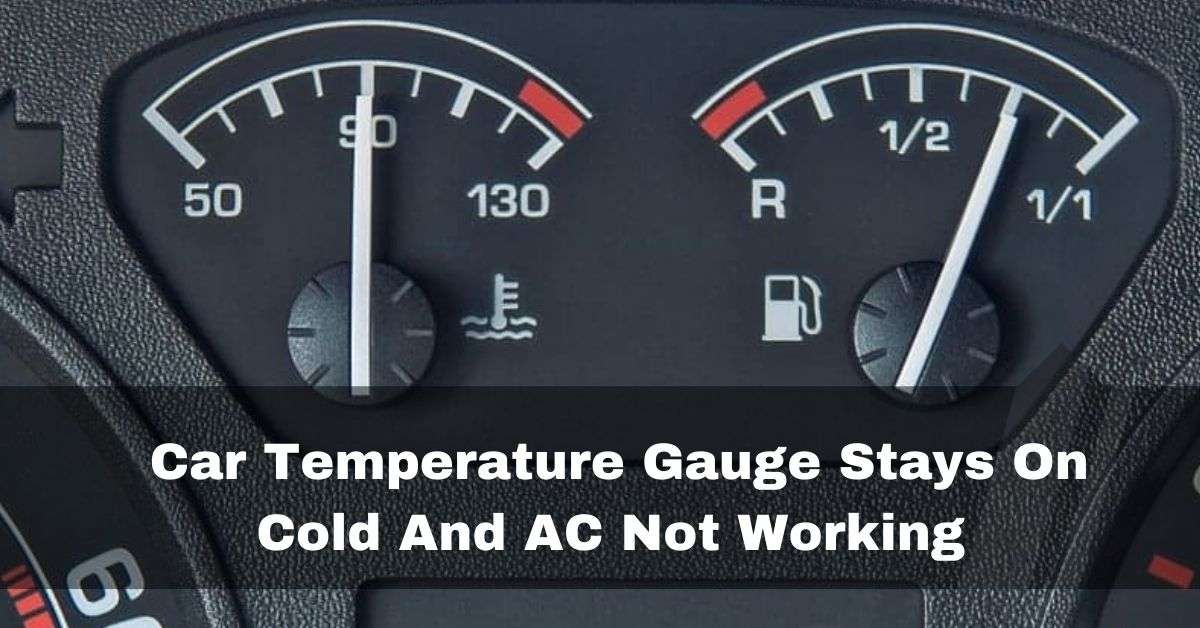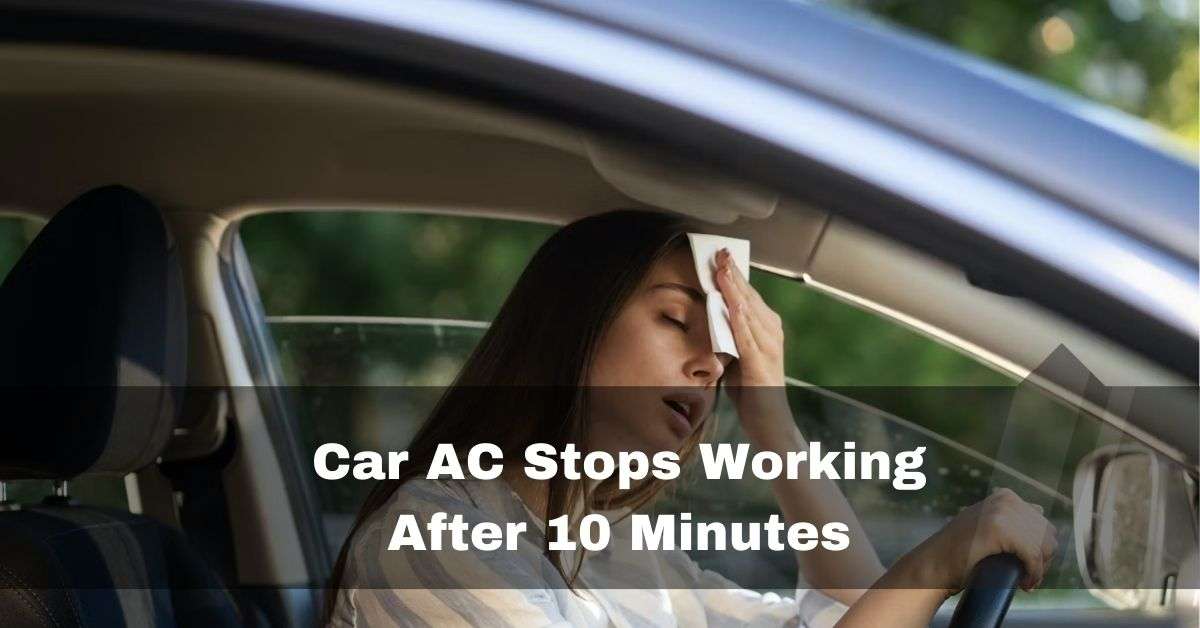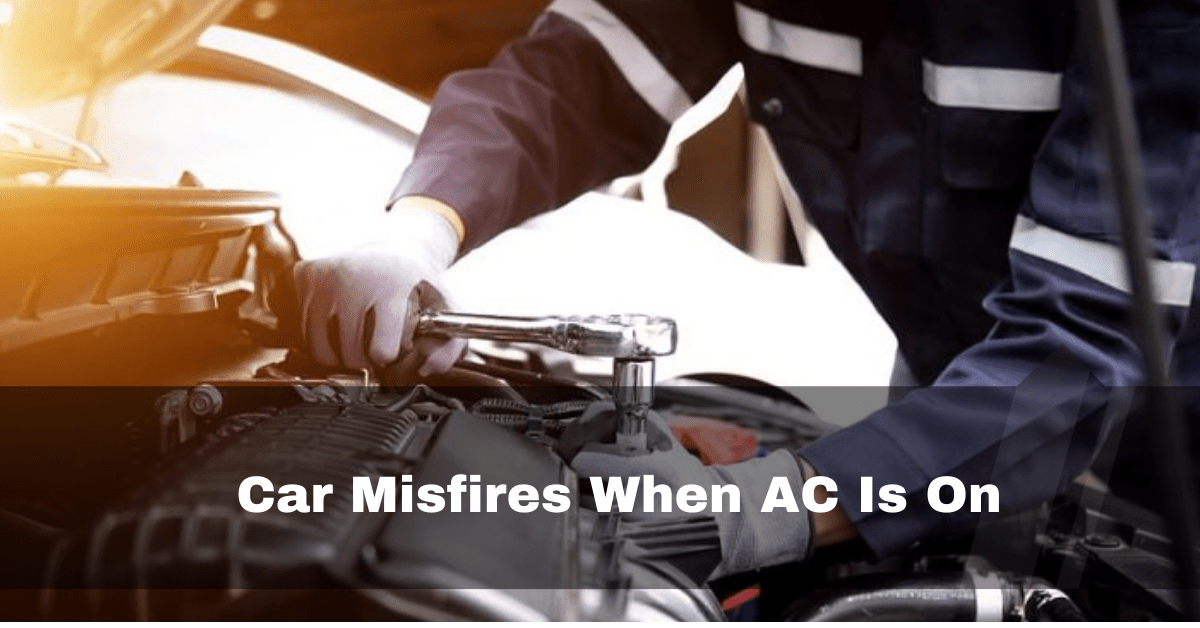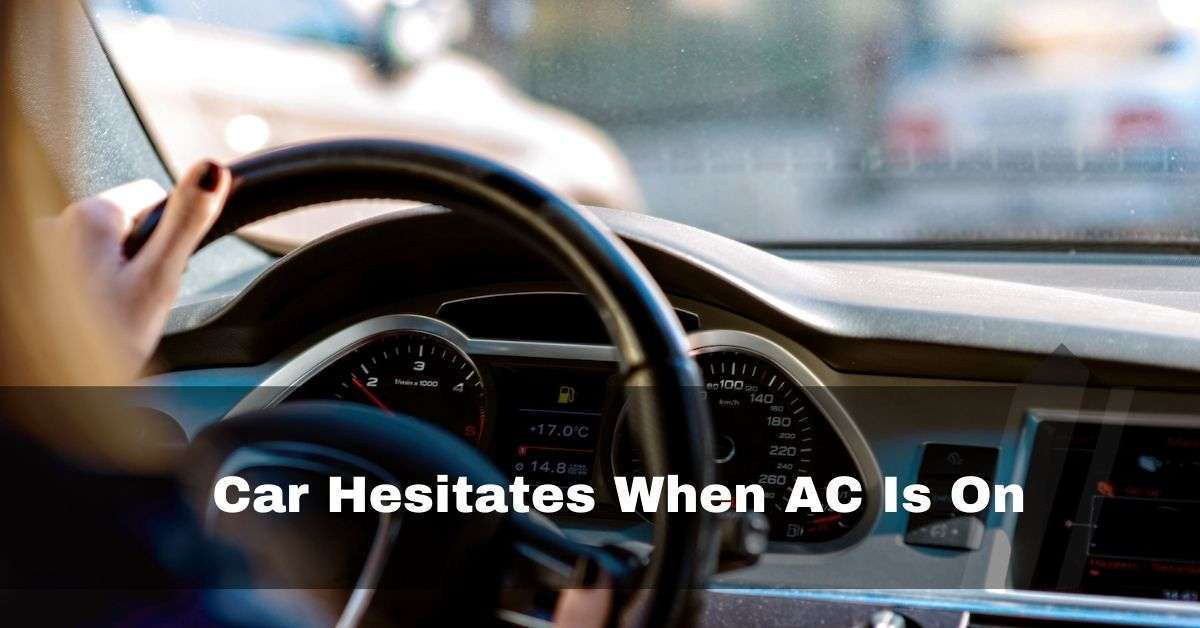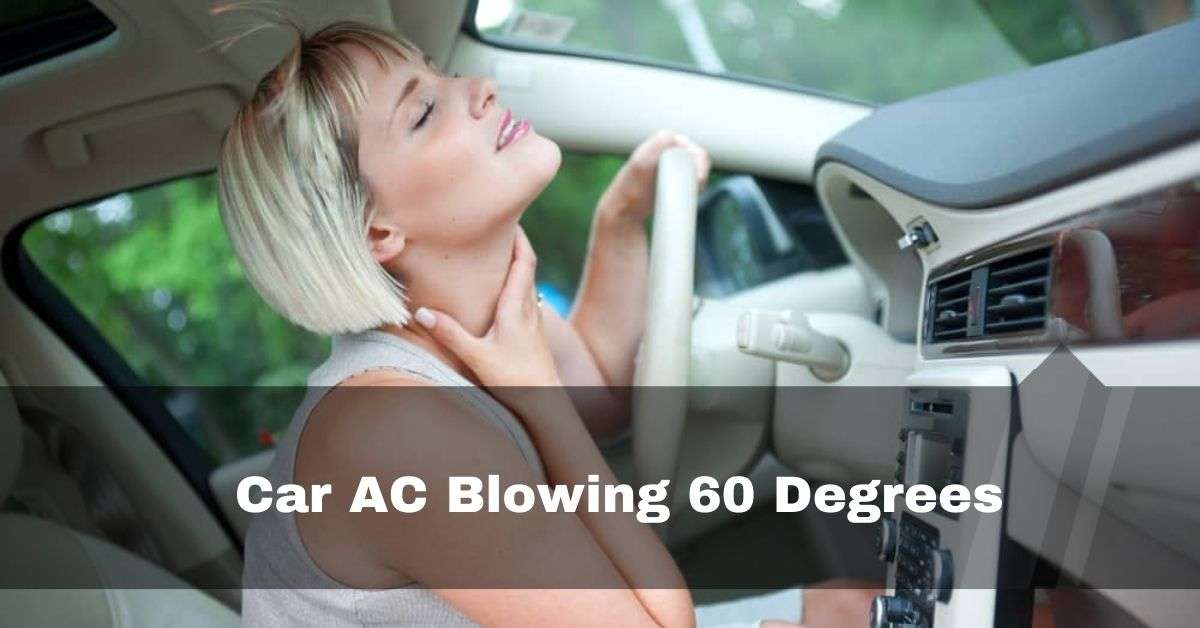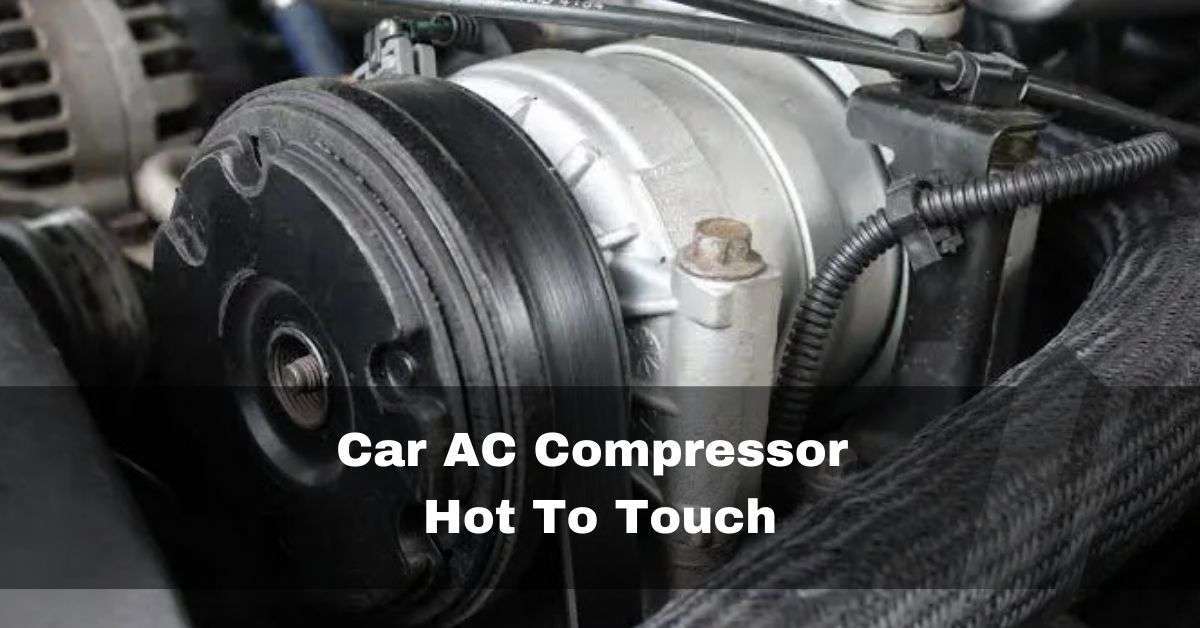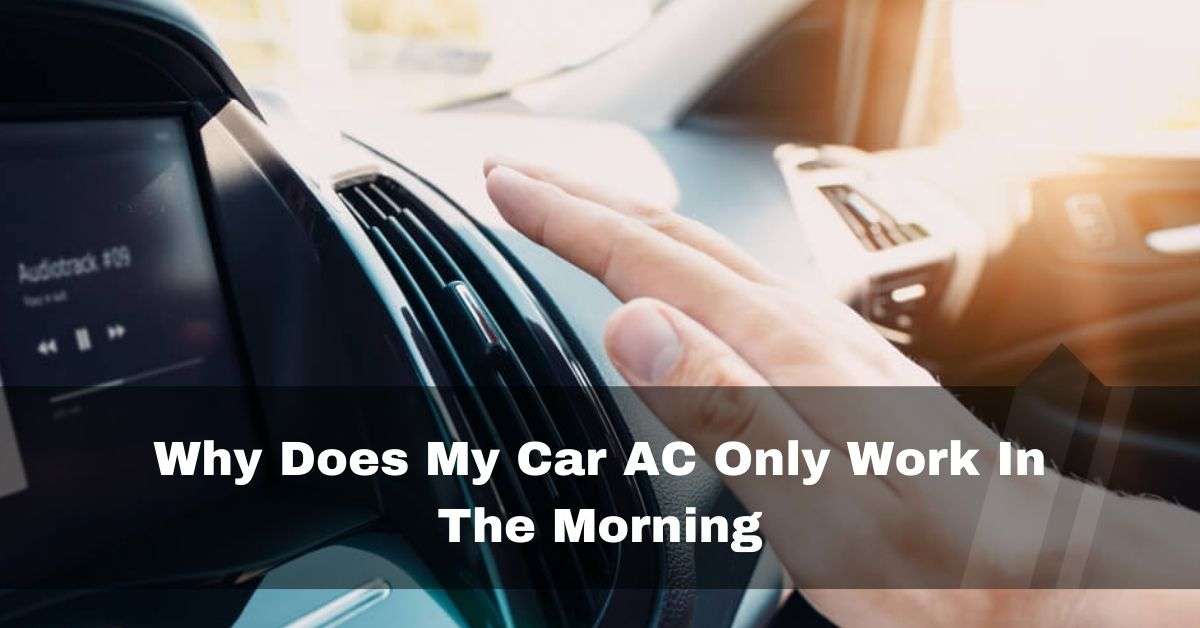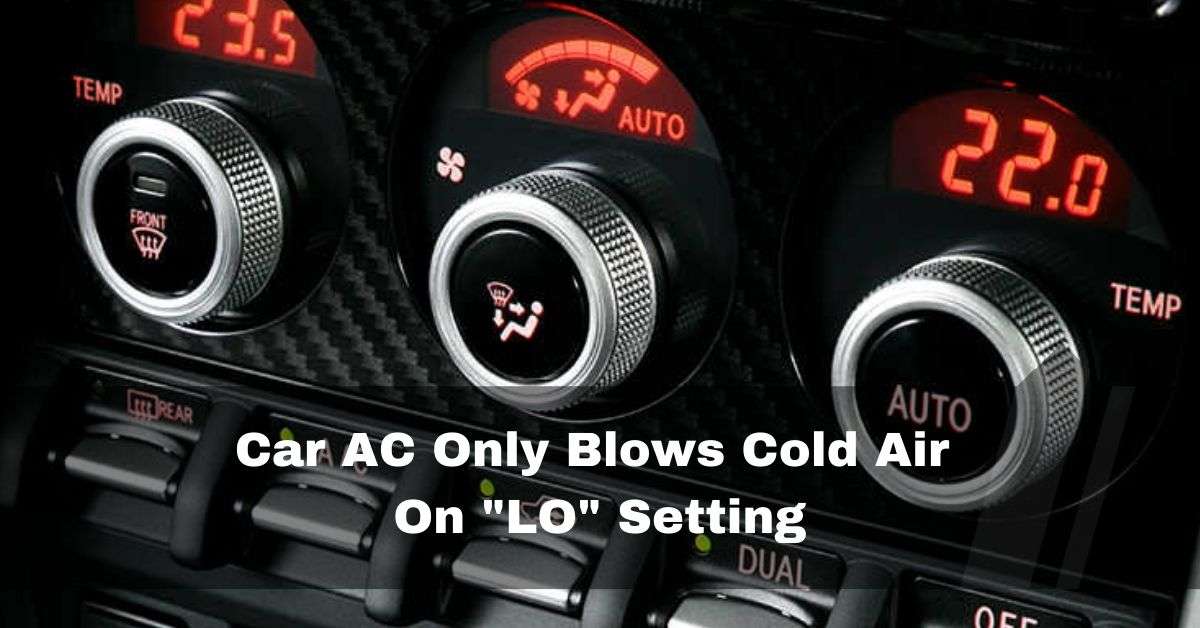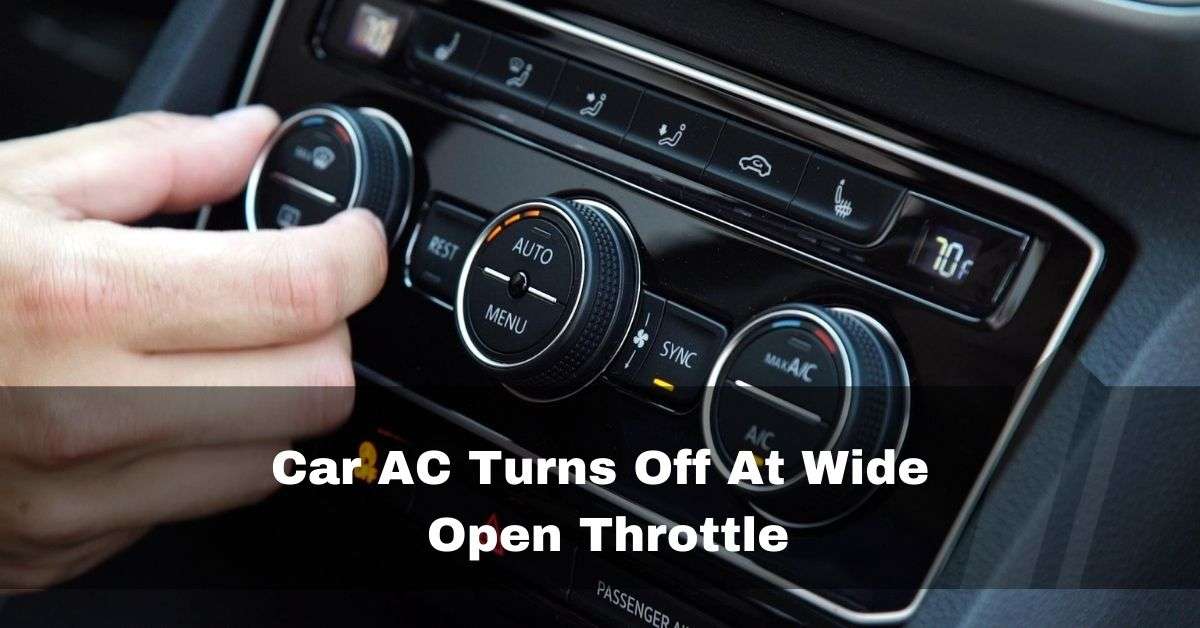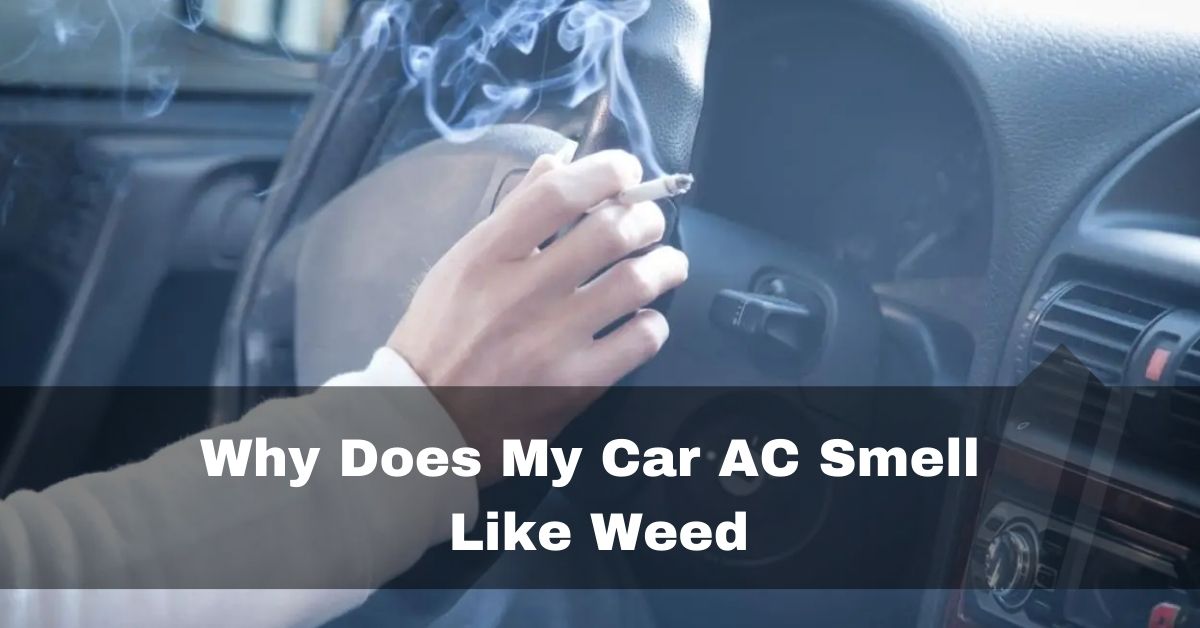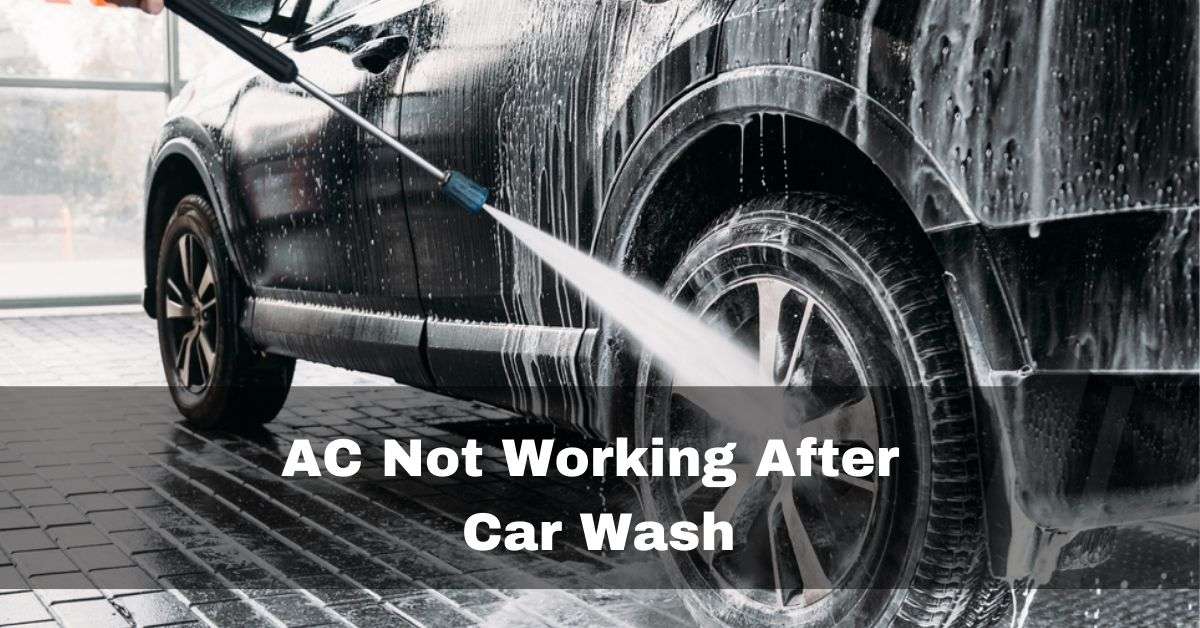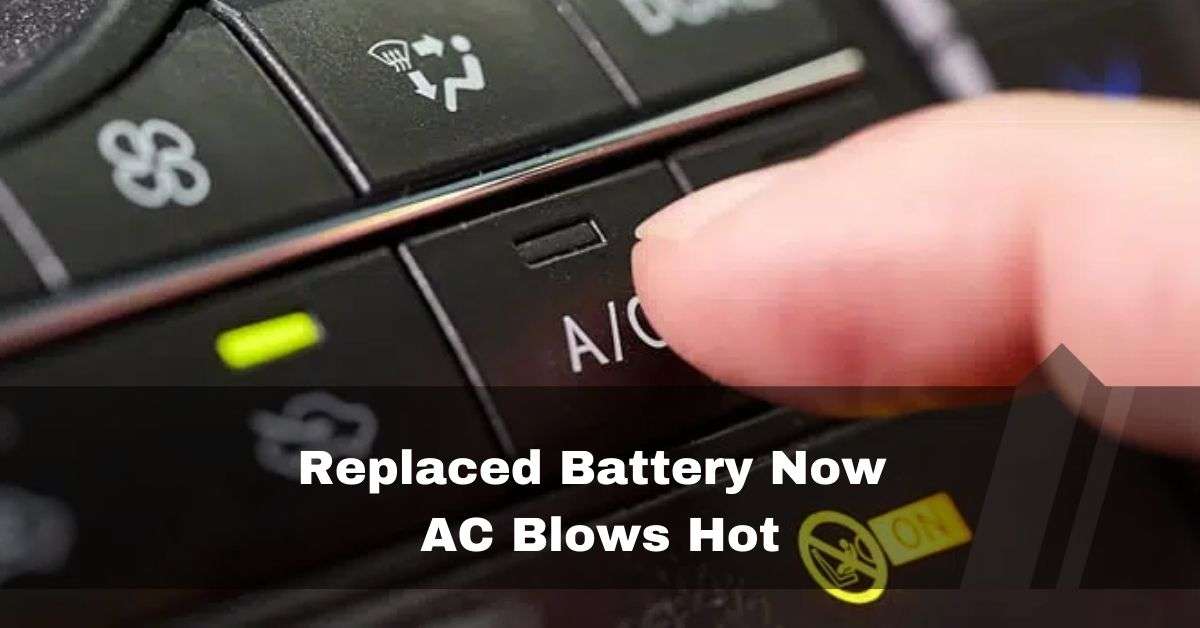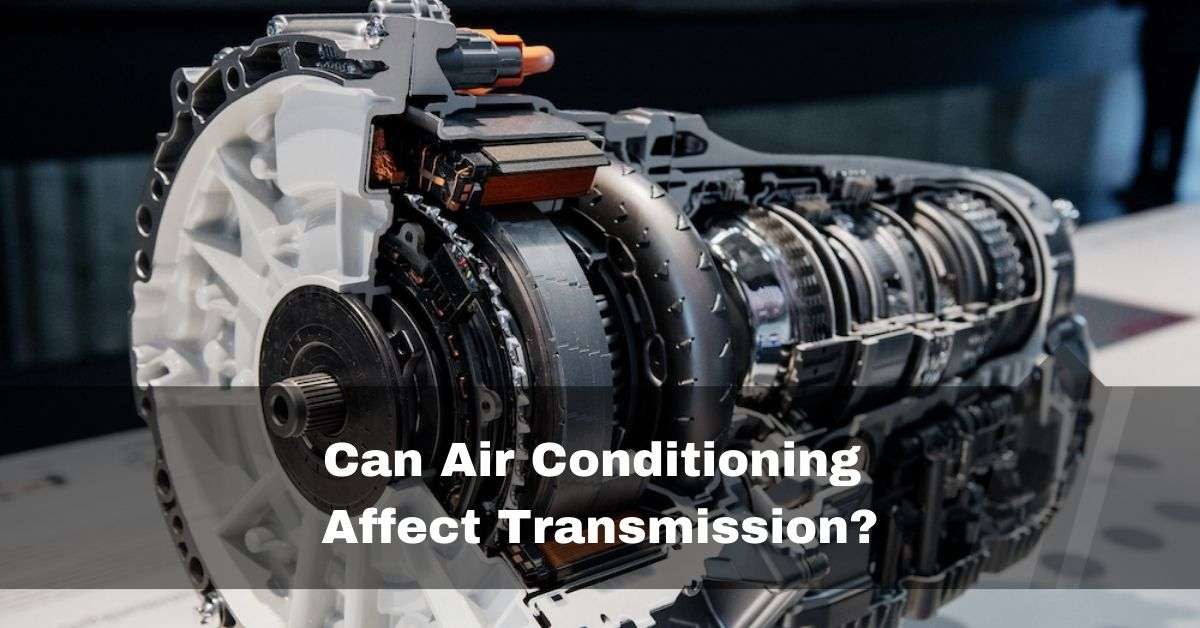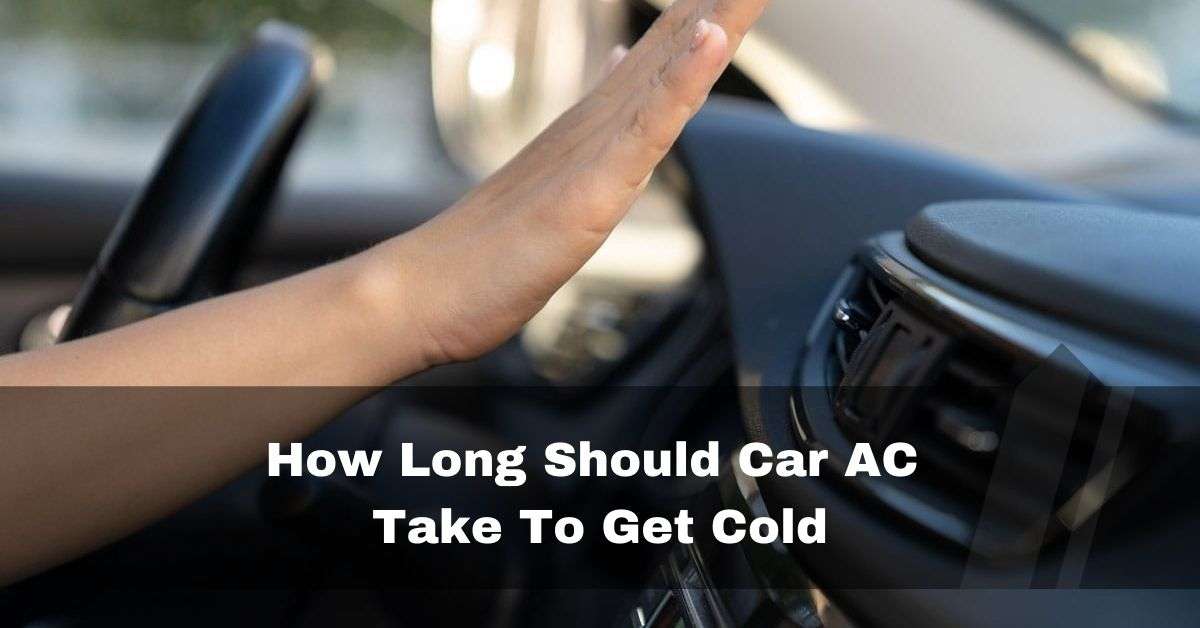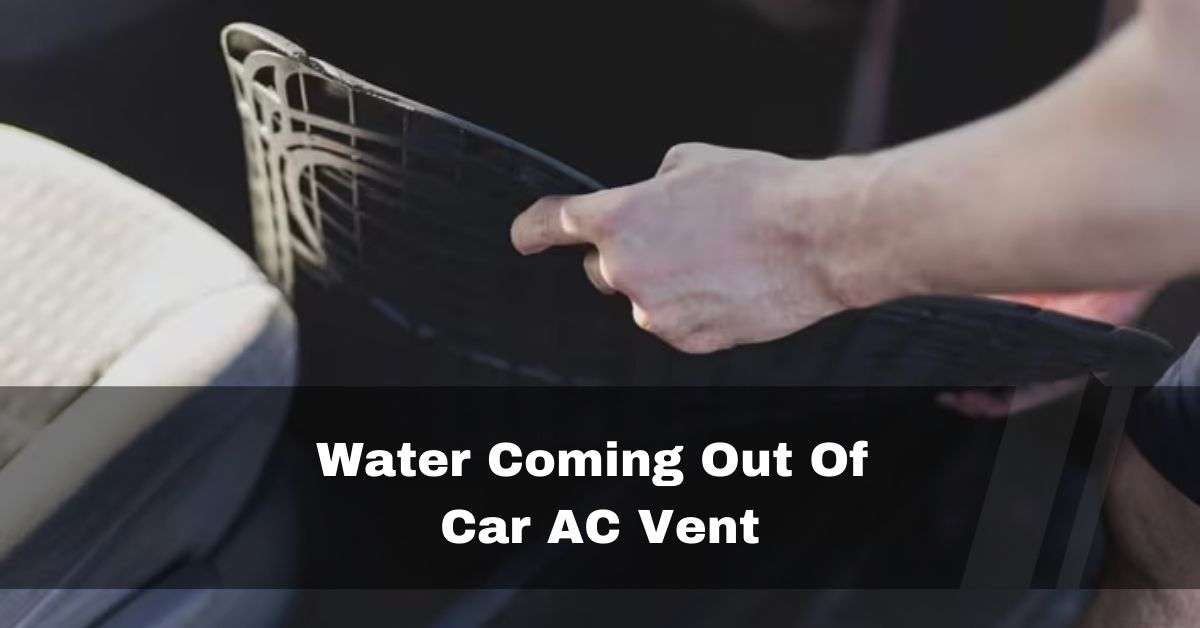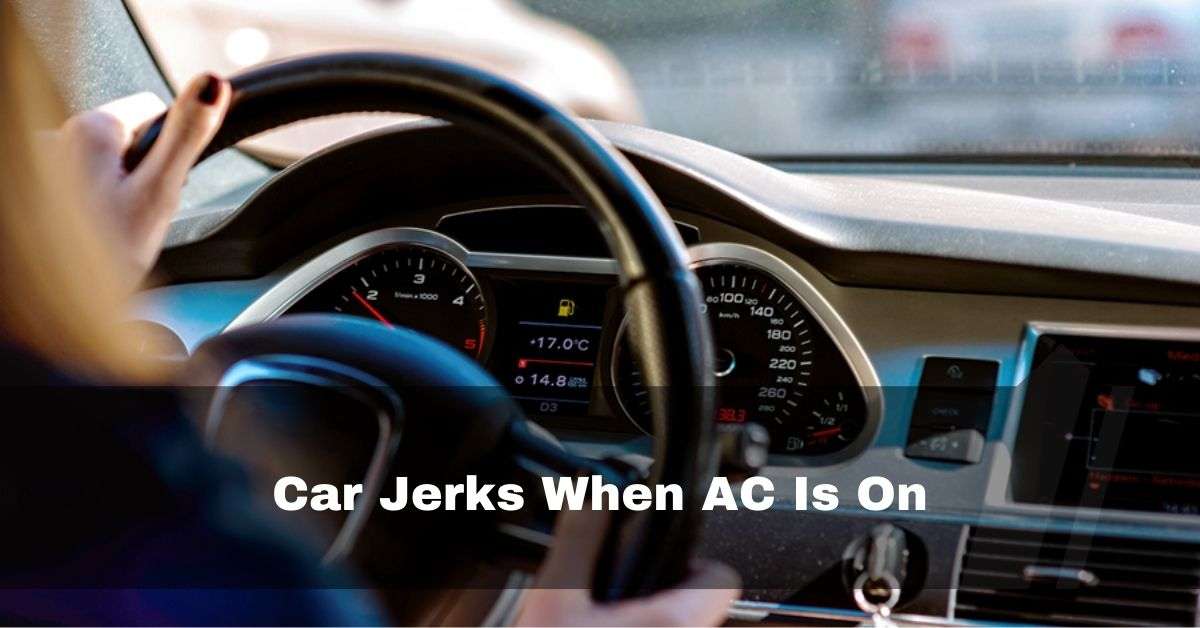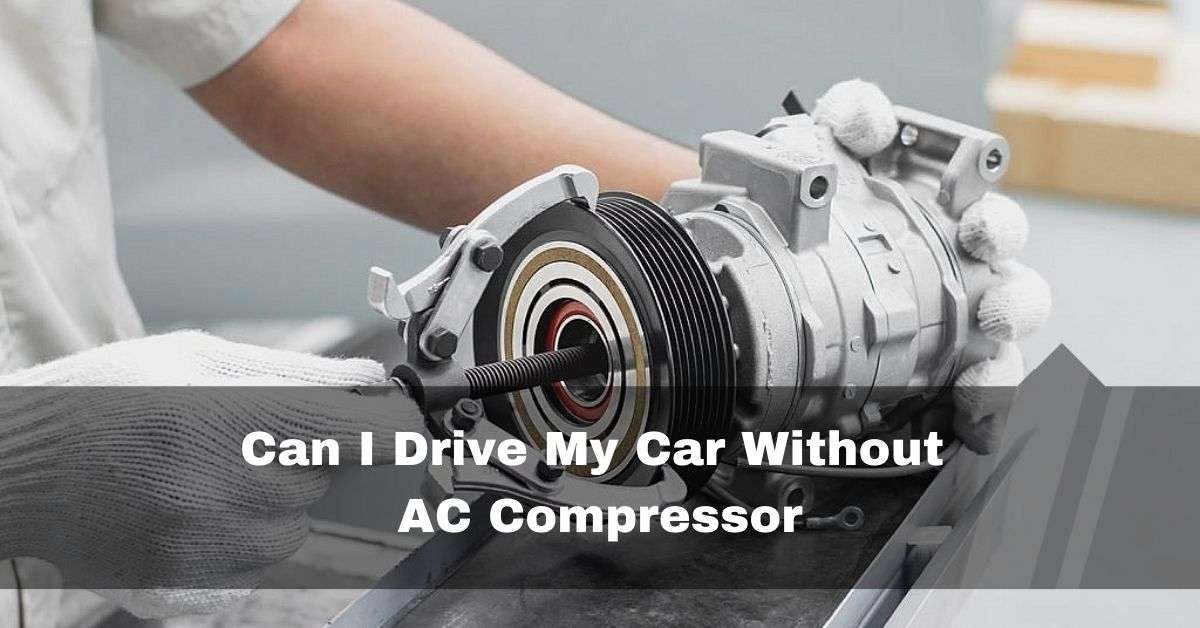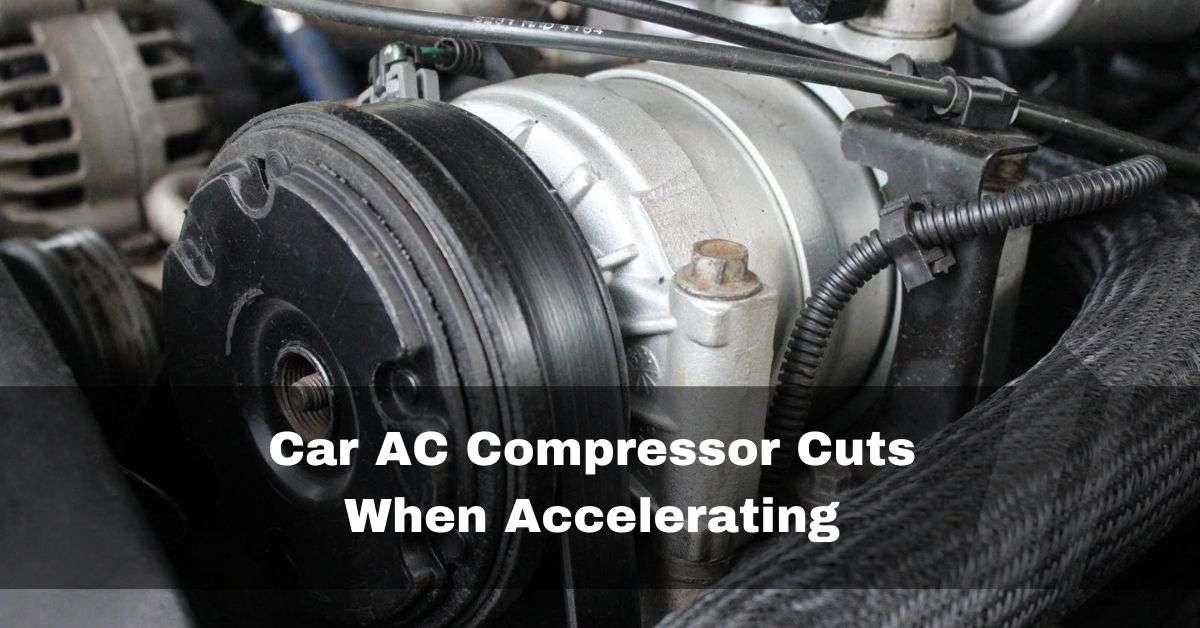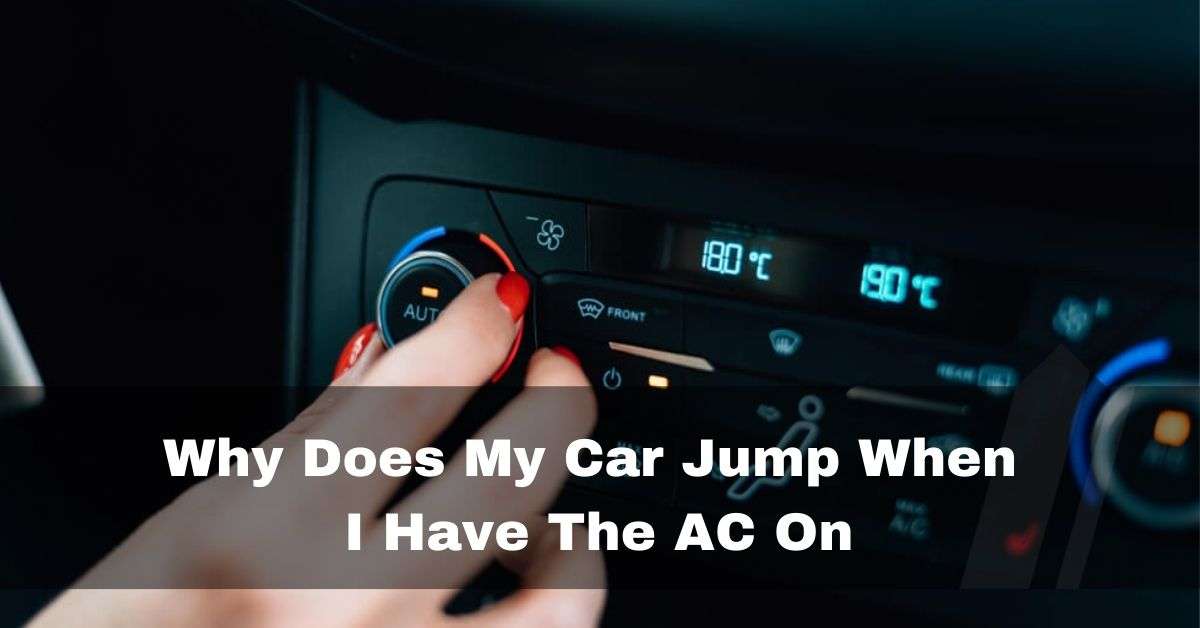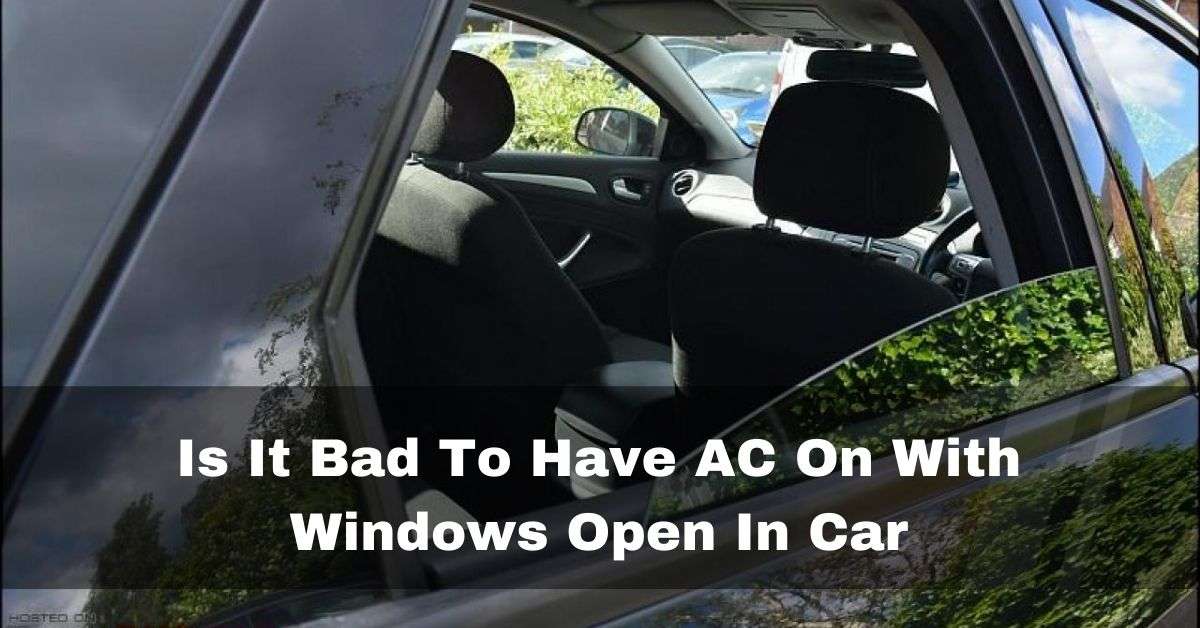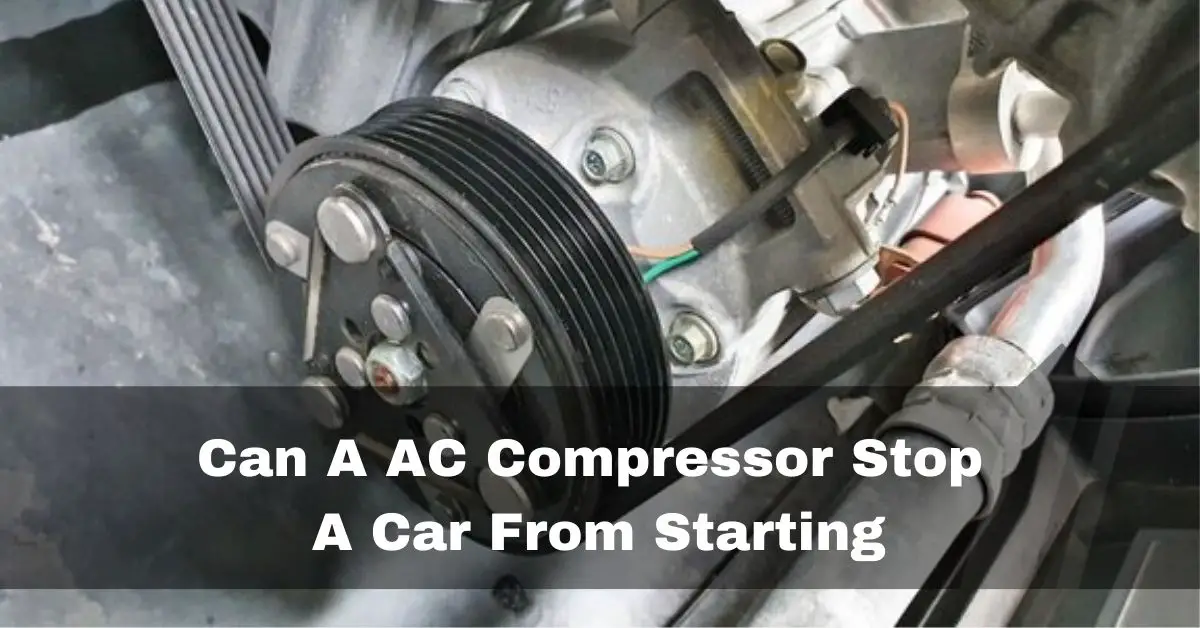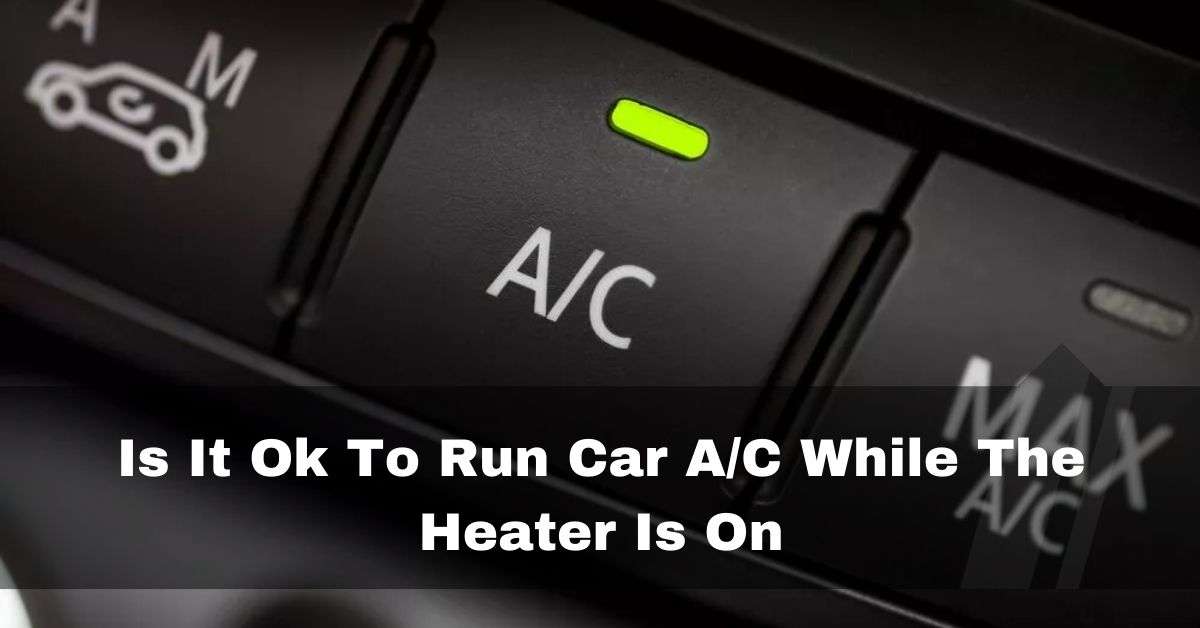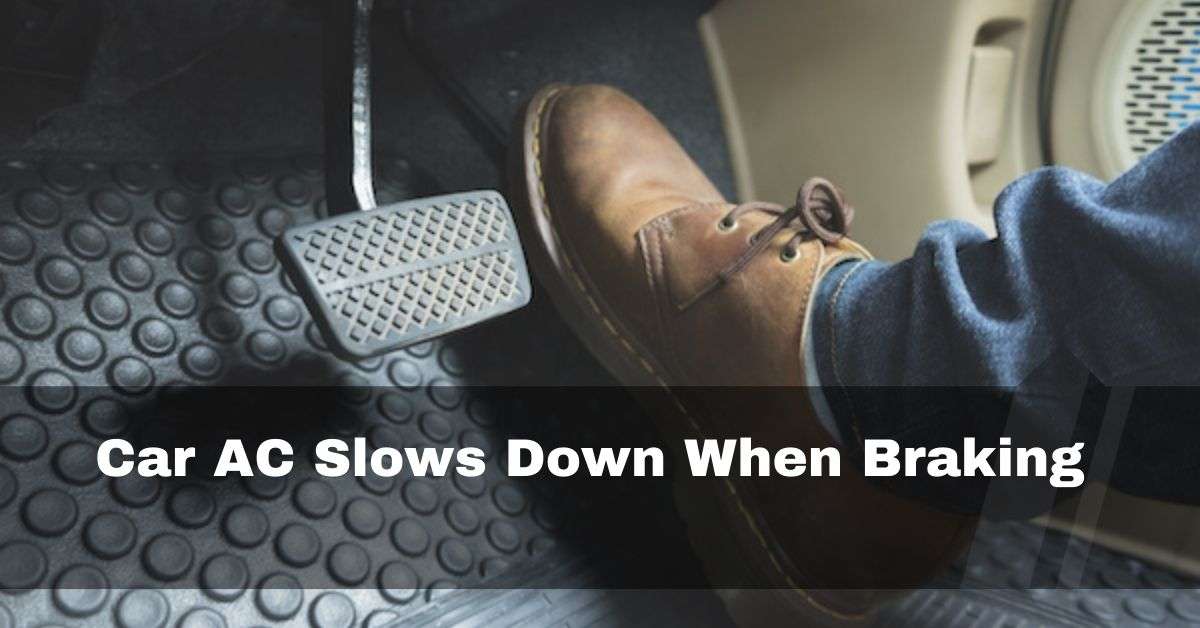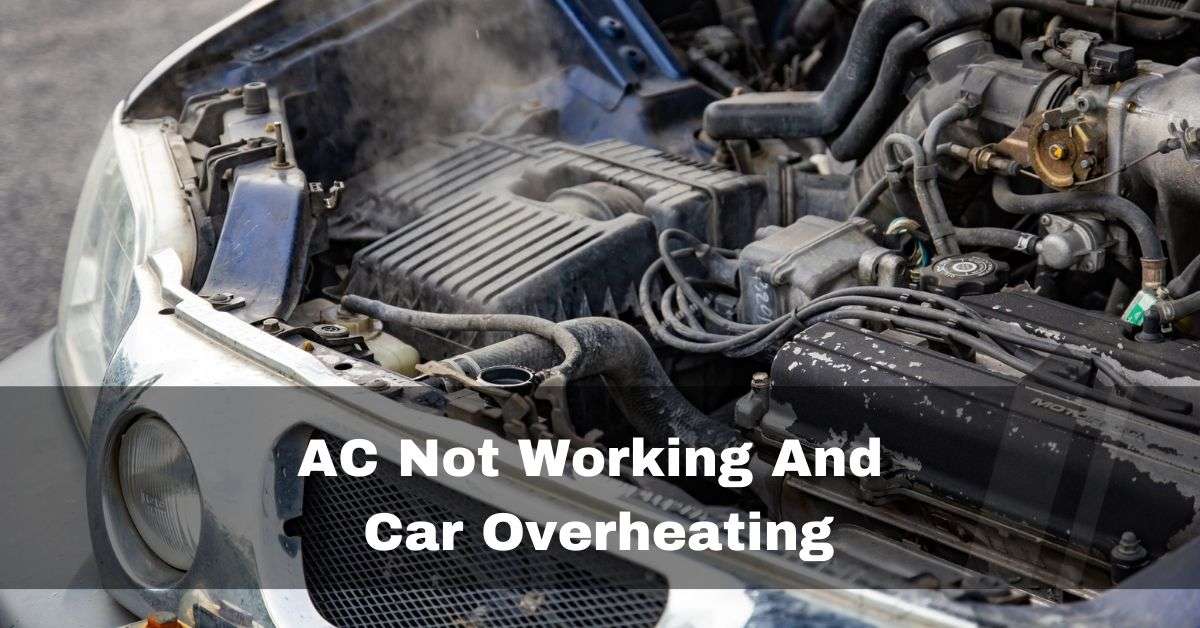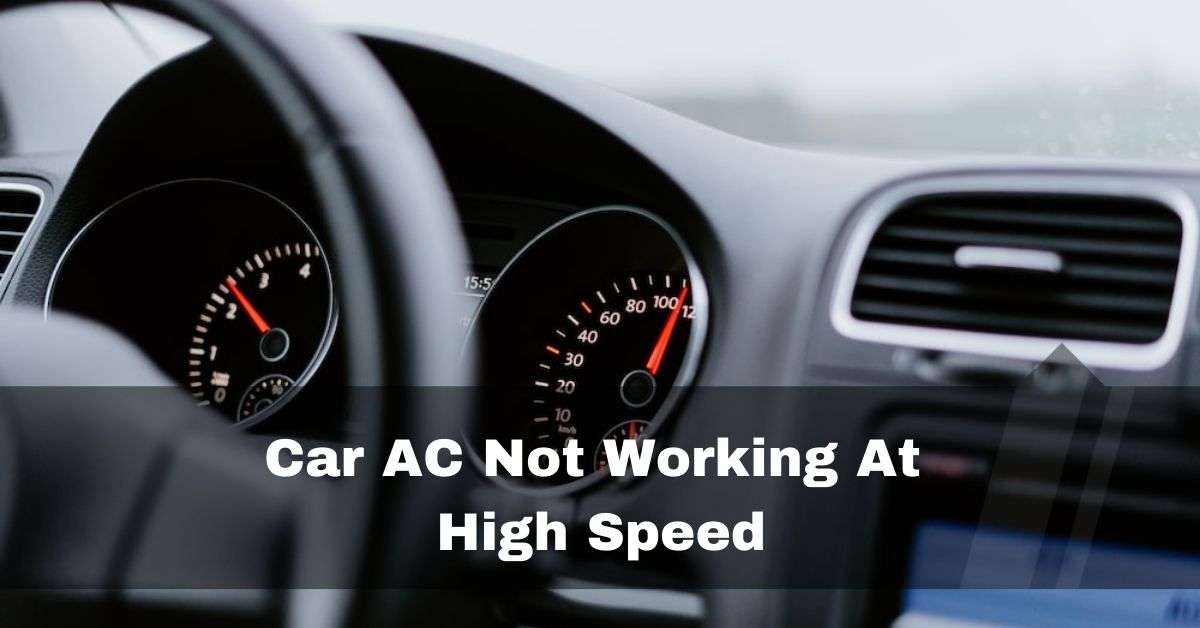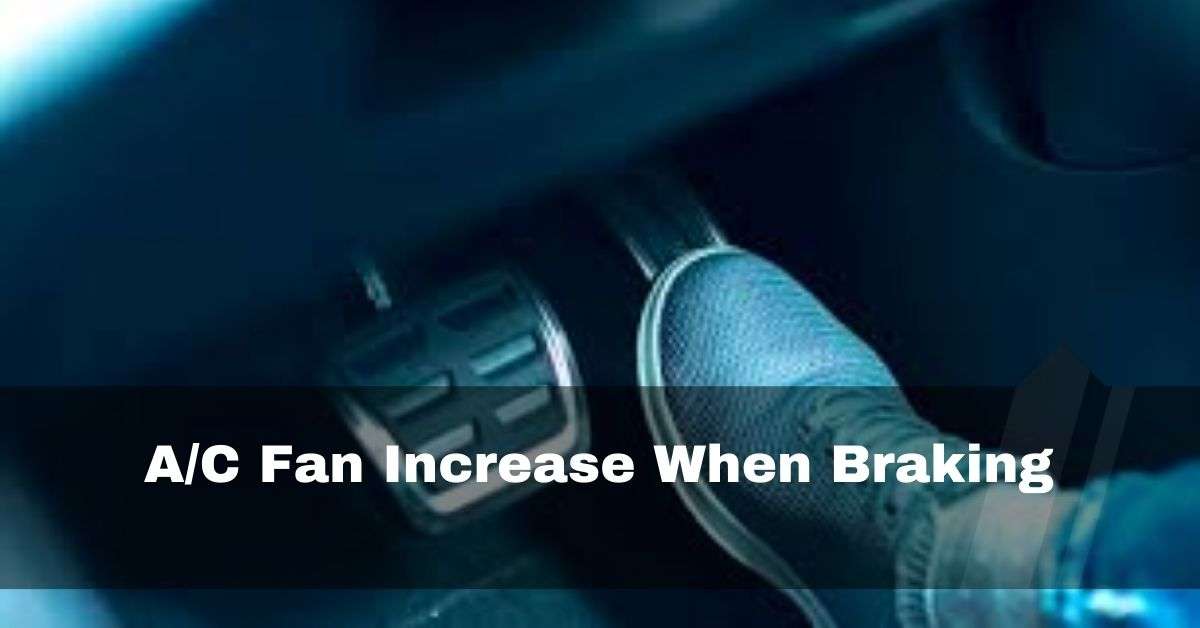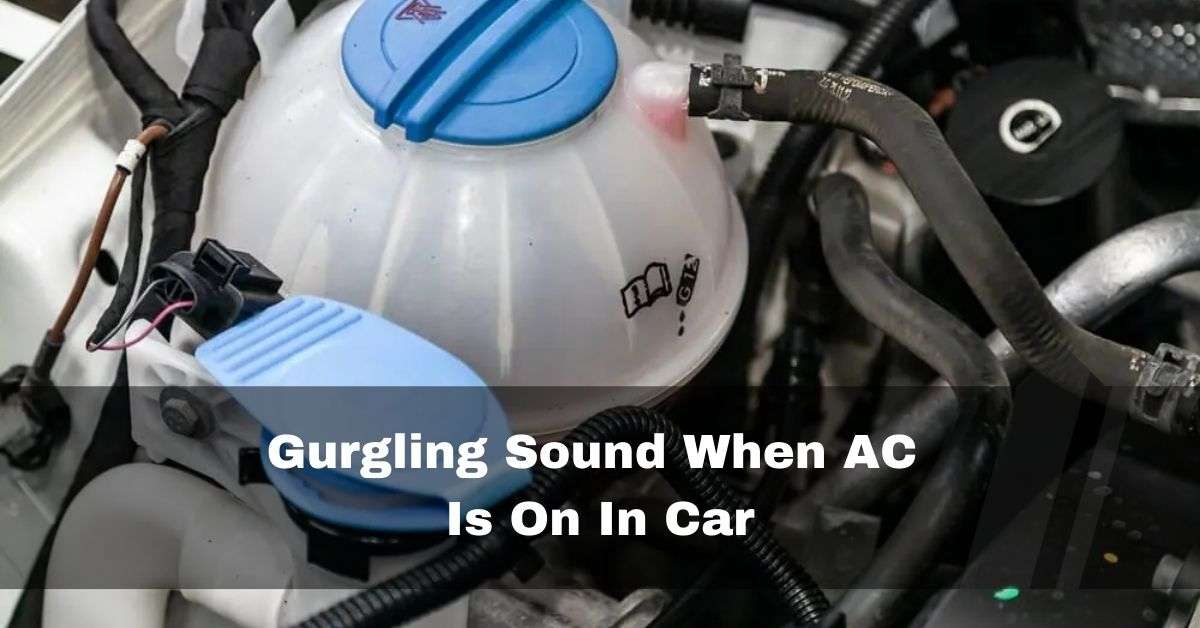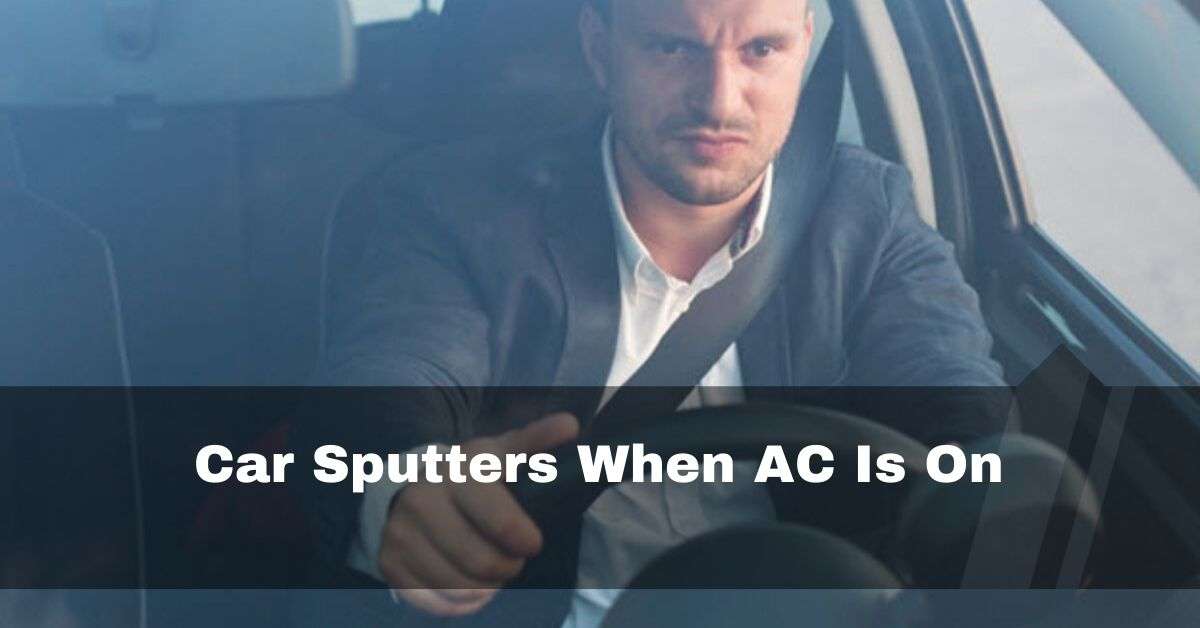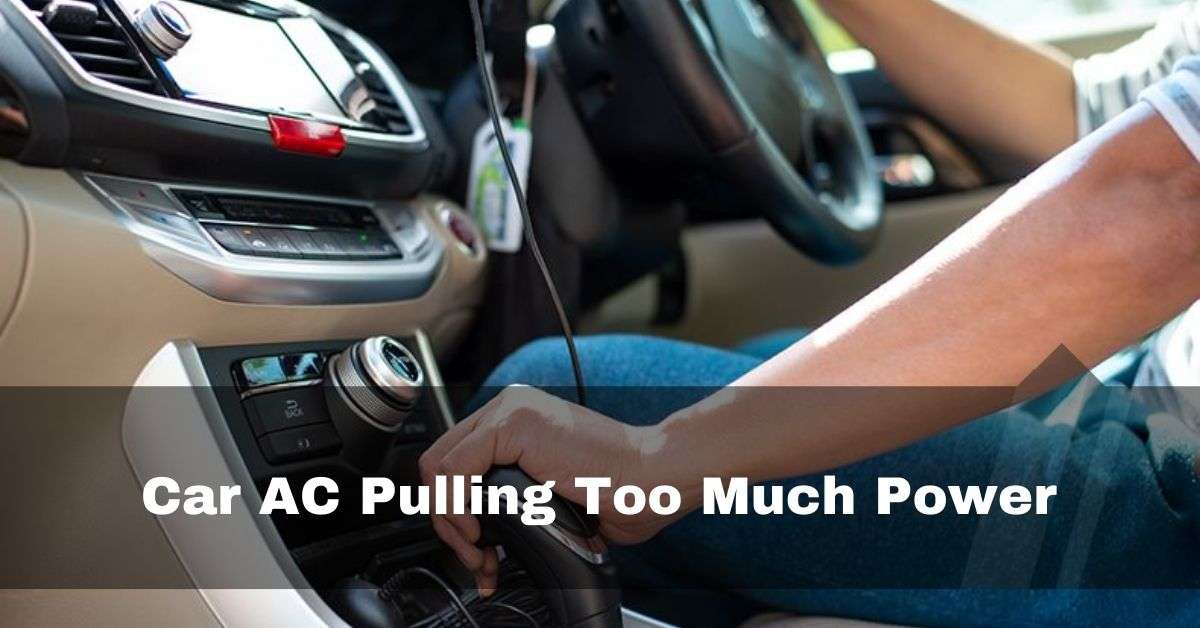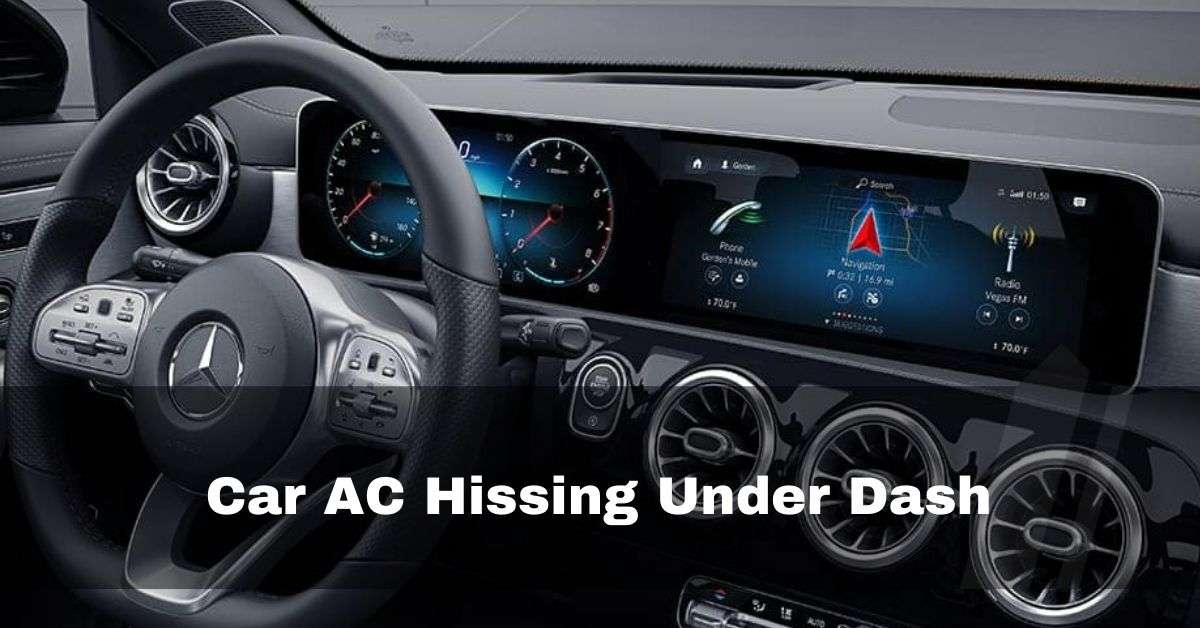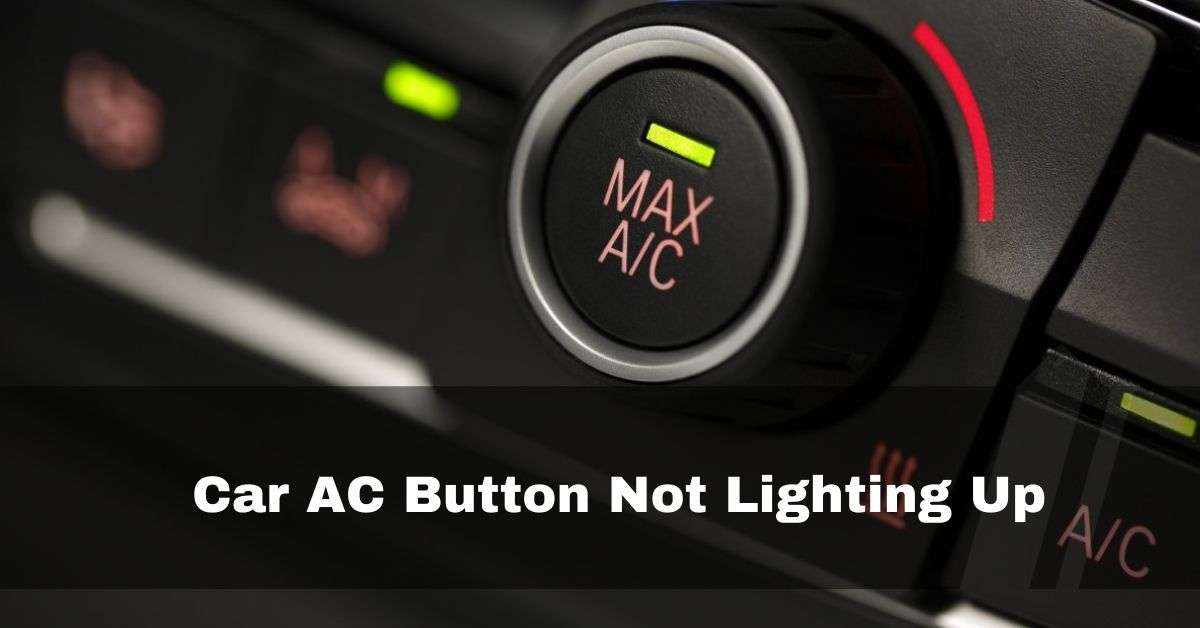You’re not alone if you’ve ever noticed a disturbing shaking or vibrating sensation in your car when the air conditioning (AC) is off. This problem may be perplexing, but don’t worry—we are here to assist you!
Car vibrates when ac is off? A small leak could bring on that sort of issue. You can also be experiencing a pully problem or a problem with your harmonic balancer. It would explain how turning on the air conditioning helps (adding weight to the crank pulley).
Stay with us! In this article, we will explain the possible causes of car shakes when ac is off and provide some fixes to resolve this puzzling issue.
Table of Contents
Why Does My Car Shake When The AC Is Off? Exploring Causes And Solutions:
1. Harmonic Balancer Woes:
To ensure that all of the engine’s parts function harmoniously think of the harmonic balancer as the director of a long noise in your car. When you turn on the A/C it increases the idle speed so the vibrations even out some. Also, it puts a load on the engine to help offset vibrations. The crankshaft pulley, also called the harmonic balancer, is essential for reducing vibrations brought on by the engine’s rotation.

When the engine runs at reduced loads, as when the AC is off, significant vibrations may occur if this balancer gets misaligned or destroyed.
2. Puzzling Pulley Problems:
Rough Idle when A/C is off, Car Shakes and Exhaust Sputters? The pulleys have a part to play in the complex dance of your car’s engine parts. Unwanted vibrations could result from a performance error. The tensioner pulley or supplementary belt pulley, or another failing pulley may be to blame for the shaking.

3. Throttle Plate Or Electronic Throttle Issues:
Electronic throttle control systems are frequently used in modern vehicles, allowing for electronic rather than mechanical control of the throttle plate opening. If the plate gets stuck or something is bad with the signal, won’t open. Rough idling and vibrations may result from the stuck throttle plate or a problem with the electronic impulses that control it.

4. Vacuum Leaks:
Unintentional gaps in the vacuum system, which can affect the engine’s air-fuel mixture and result in rough idling and shaking, are known as vacuum leaks. Due to the engine running under lesser load circumstances when the AC is off, these symptoms could be more obvious.

5. Engine Mounts:
Engine mounts are intended to reduce vibrations and guarantee the engine’s stability within the vehicle’s frame. These mounts may deteriorate or sustain damage with time, increasing vibrations while the engine is idle, mainly when the air conditioner is off.

6. Fuel Delivery Or Ignition System Problems:
Misfires and harsh idling can be caused by problems with the fuel delivery system, such as clogged fuel injectors or a broken fuel pump. Similarly, ignition system issues like damaged ignition coils or spark plugs can cause vibrations in the engine.

How To Fix Car Shake When The AC Is Off?
1. Replace Damaged Harmonic Balancer:
It is advised to replace the harmonic balancer if it is discovered to be damaged or out of alignment. To be sure you choose the correct replacement part, consult the owner’s manual for your car or a qualified mechanic. Due to the harmonic balancer’s crucial function in the engine running, replacing one might be complicated.

To ensure appropriate installation and alignment, look for the assistance of a certified mechanic. Before installing the new harmonic balancer, get it balanced if you detect an imbalance. This process ensures peak performance and lowers the possibility of additional vibrations. Check the accessory belts for wear while you replace the harmonic balancer. Worn belts can cause vibrations and impact the balancer’s overall performance.
2. Repairing A Pulley:
Start by visually examining the pulleys for indications of deterioration, corrosion, or misalignment. Look for worn-out belts or wobbly pulleys that can be signs of a problem. Repairing a pulley immediately is essential if you see one that isn’t working correctly.
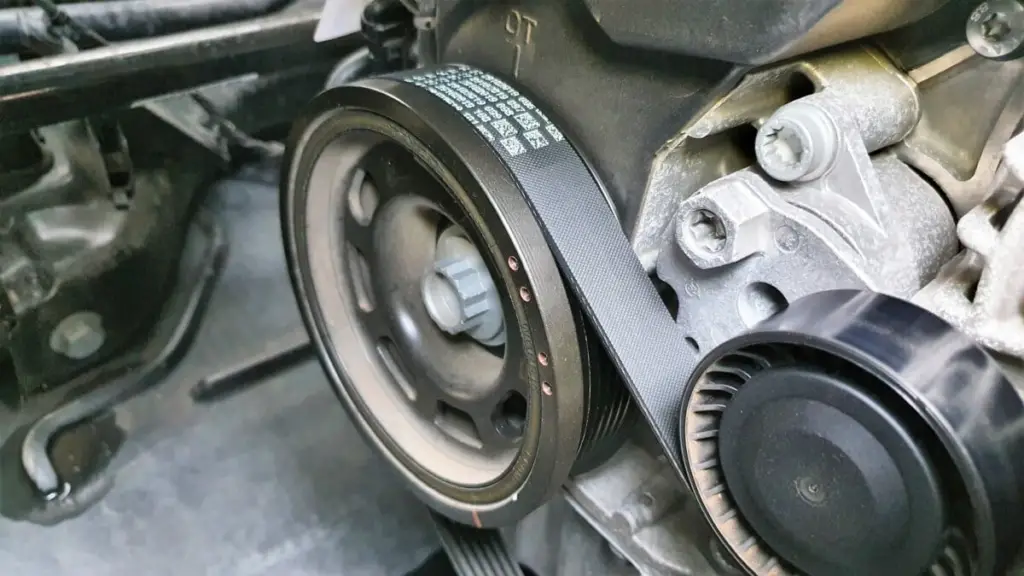
To be sure you choose the correct replacement part, consult the owner’s manual for your car or a qualified mechanic. Make sure the belts are correctly positioned and tensioned before reinstalling the pulleys. It will ensure smooth engine functioning and aid in preventing future vibrations.
3. Recover Error Codes:
To recover error codes and learn more about the particular throttle-related issue, use an OBD-II scanner. The first step in troubleshooting is this one. Use a specialized cleaner to clean the throttle body if the carbon buildup is the cause of the throttle plate becoming stuck. To get appropriate movement back, gently remove deposits and grime.
Examine the connections and wiring for the electronic throttle control. Make sure the signal is not affected by loose connections or damaged wiring. A throttle reset process can be used to fix several electronic throttle problems. It entails unplugging the battery, leaving the ignition key in the “on” position for a short period, and then plugging it back in.
4. Fix Vacuum Leak:
To find the source of the vacuum leak, use a smoke test or listen for hissing sounds. Vacuum hoses, gaskets, and intake manifold connectors are typical locations. Fix or replace the broken components that are the leak’s cause.
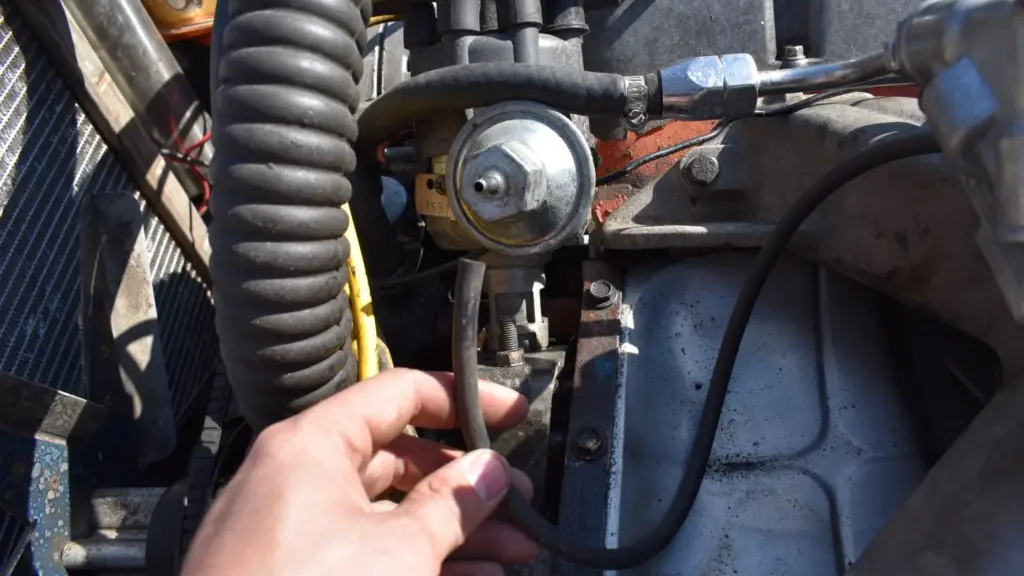
Use the proper seals, gaskets, or hoses to achieve an accurate airtight seal within the vacuum system. Test the system after repairs to make sure the leak has been addressed. Keep an eye on the engine’s performance to ensure smoother idling and less shaking, especially when the AC is not running.
5. Replacing Engine Mounts:
Consider replacing your engine mounts with new ones that are compatible with your vehicle’s standards if worn out or broken. For advice on appropriate part installation and selection, speak with a professional.
6. Fix Fuel Delivery Or Ignition System Problems:
These problems can be avoided or fixed with routine maintenance, which includes cleaning or replacing spark plugs, ignition coils, and fuel injectors. It is advised to have a mechanic evaluate the situation if it continues.
FAQs
1. Why Does My Car Shake Only When AC Is On?
Car shakes with ac on? When you turn on the AC, the mounts are under much strain. As a result, when the air conditioner is turned on, vibrations and rattles happen because the engine mounts or foundations are worn out. Beats and sounds will be more audible if the engine mount is compromised.
2. Is It Normal For My Car To Vibrate When Idle?
The engine of an automobile rattles when it is idled, usually at its best. When your car is normally moving, vibrations from the crankshaft, transmission gears, and other parts are felt. When the automobile is idle, there is an issue with the engine if there is excessive vibration.
3. Why Is My Car Engine Suddenly Vibrating?
A petrol automobile’s engine may misfire in one or more cylinders due to worn or dirty spark plugs, resulting in vibrations while the car is idling or moving at a pace. The most straightforward fix is changing your spark plugs and inspecting the wiring. The air and fuel systems may also be to blame for engine vibrations.
Conclusion
In conclusion, throttle problems and harmonic balancer issues might result in a shaking car when the AC is turned off. Due to the lower engine load while the AC is off, some faults may be more noticeable, but it’s crucial to pay attention to these symptoms as they may point to more serious issues that need to be addressed. Consulting a skilled mechanic is the best plan of action to guarantee correct diagnosis and safe resolution. Your automobile will operate more smoothly and vibration-free if you perform routine maintenance and handle problems immediately.
